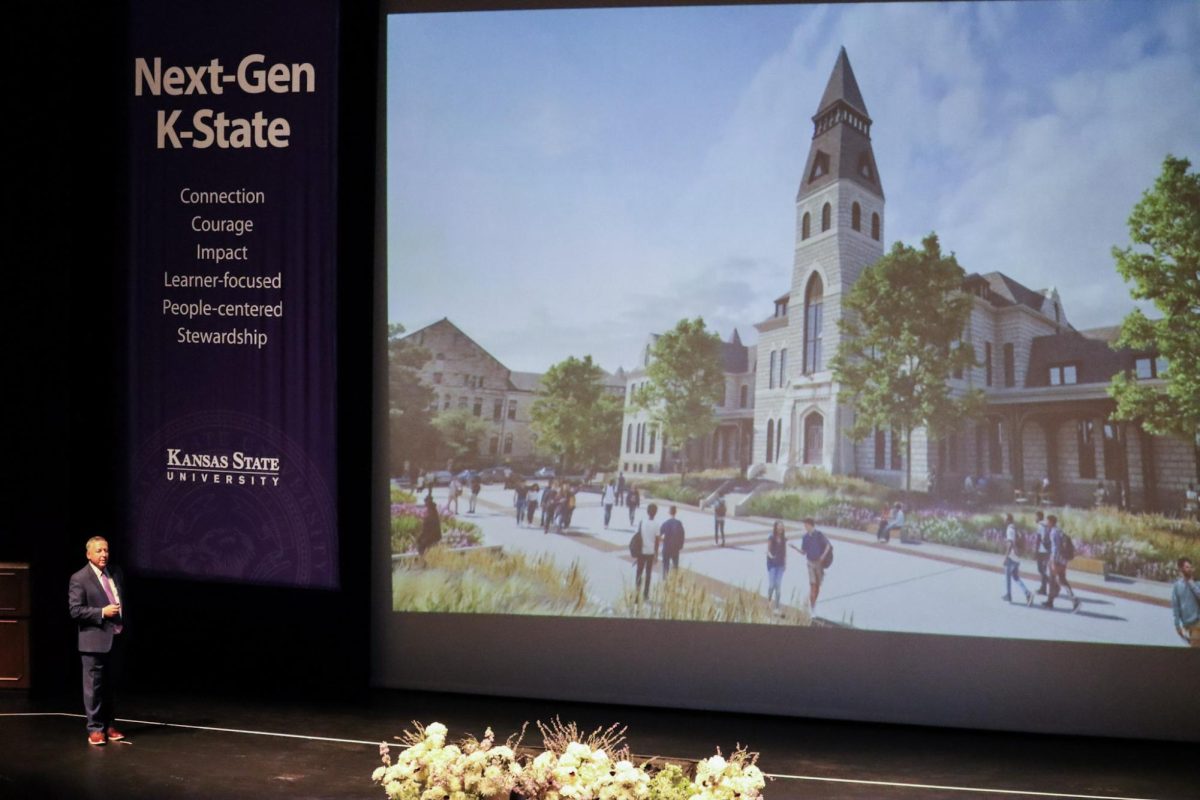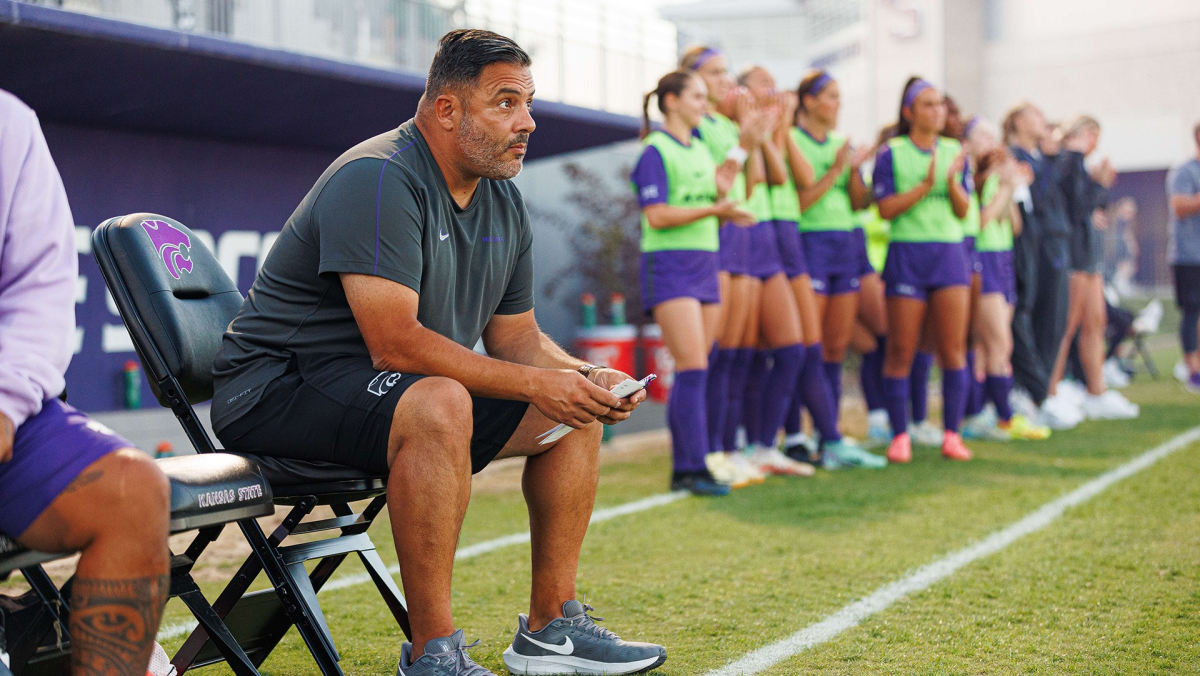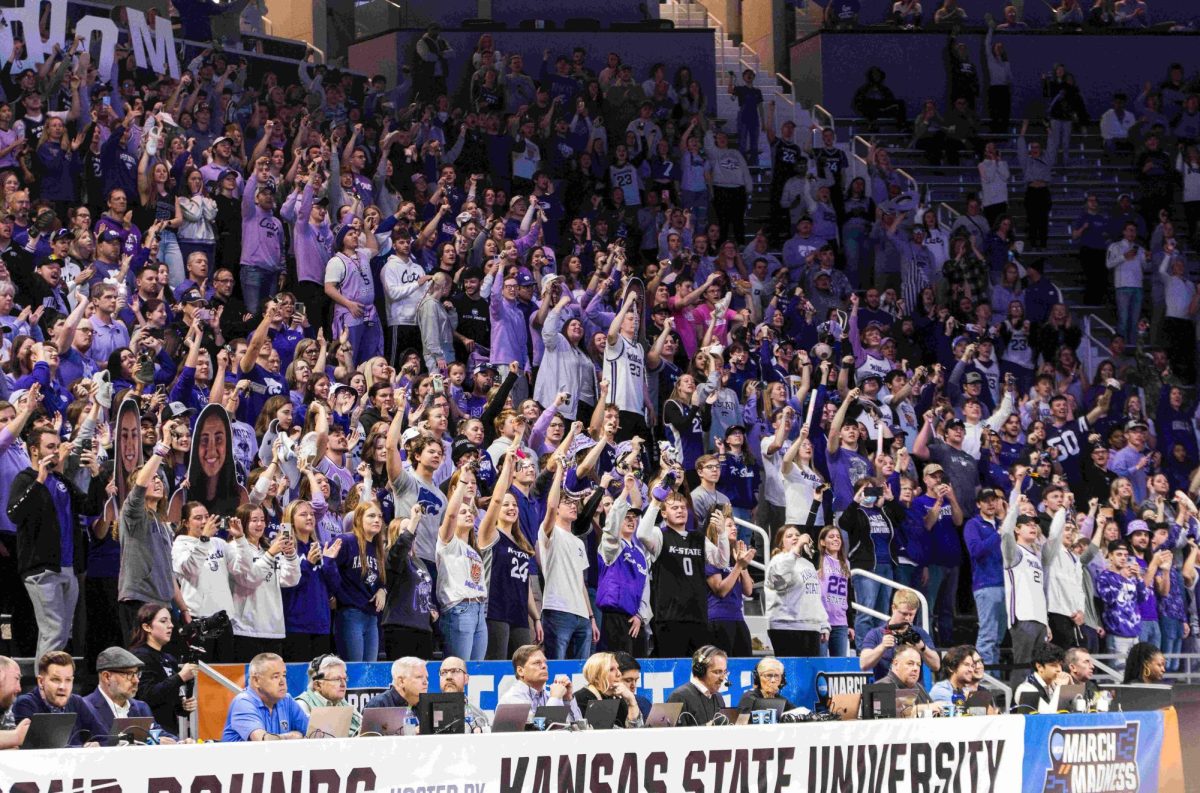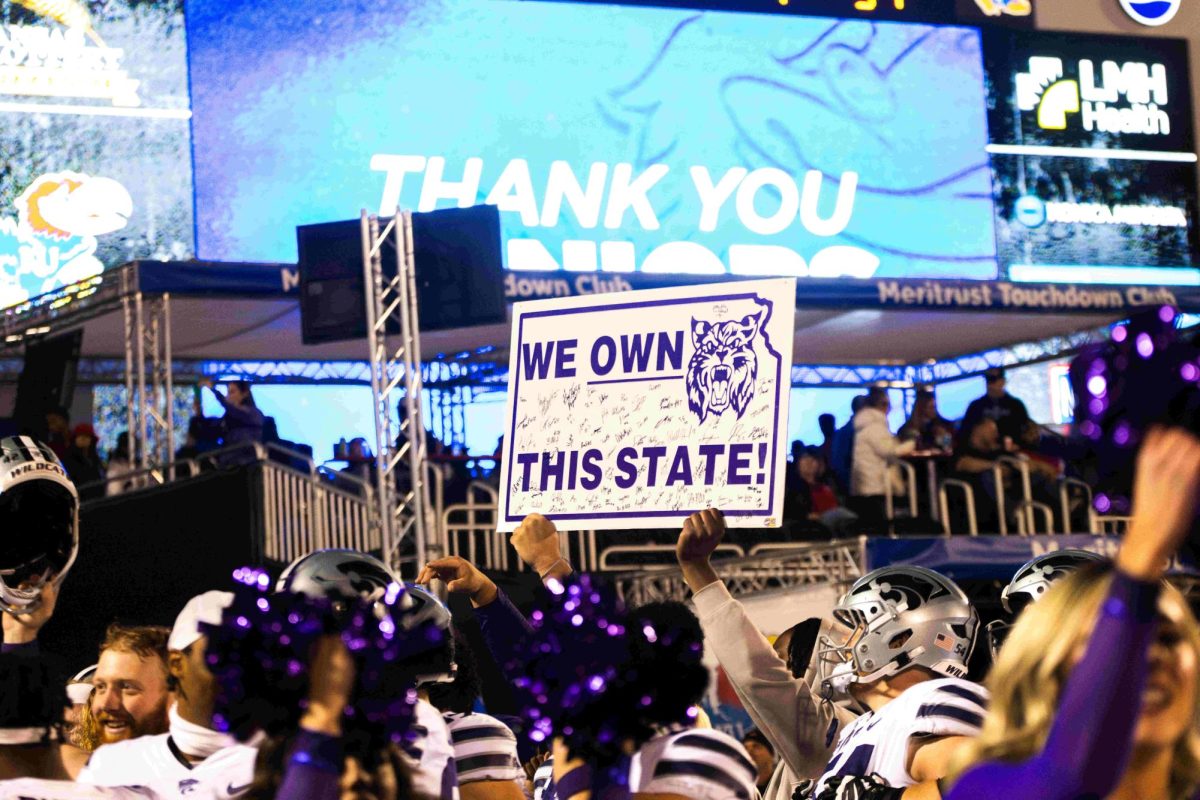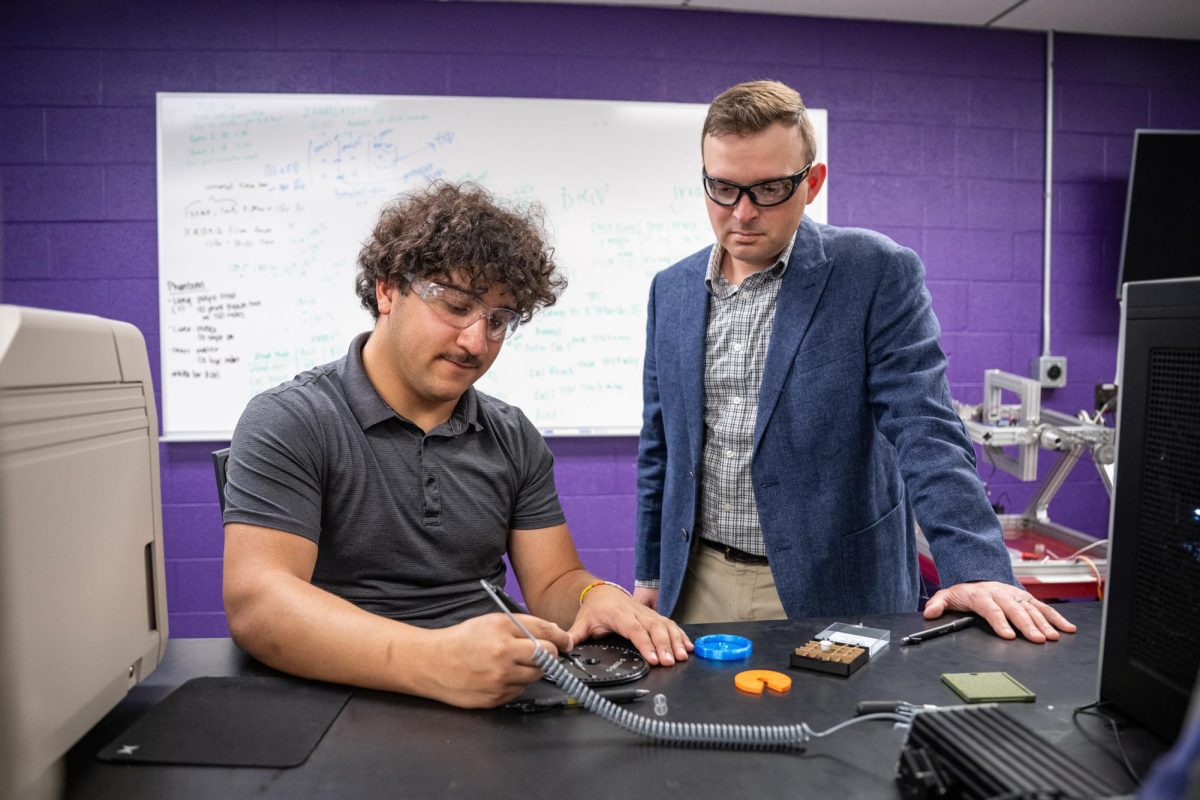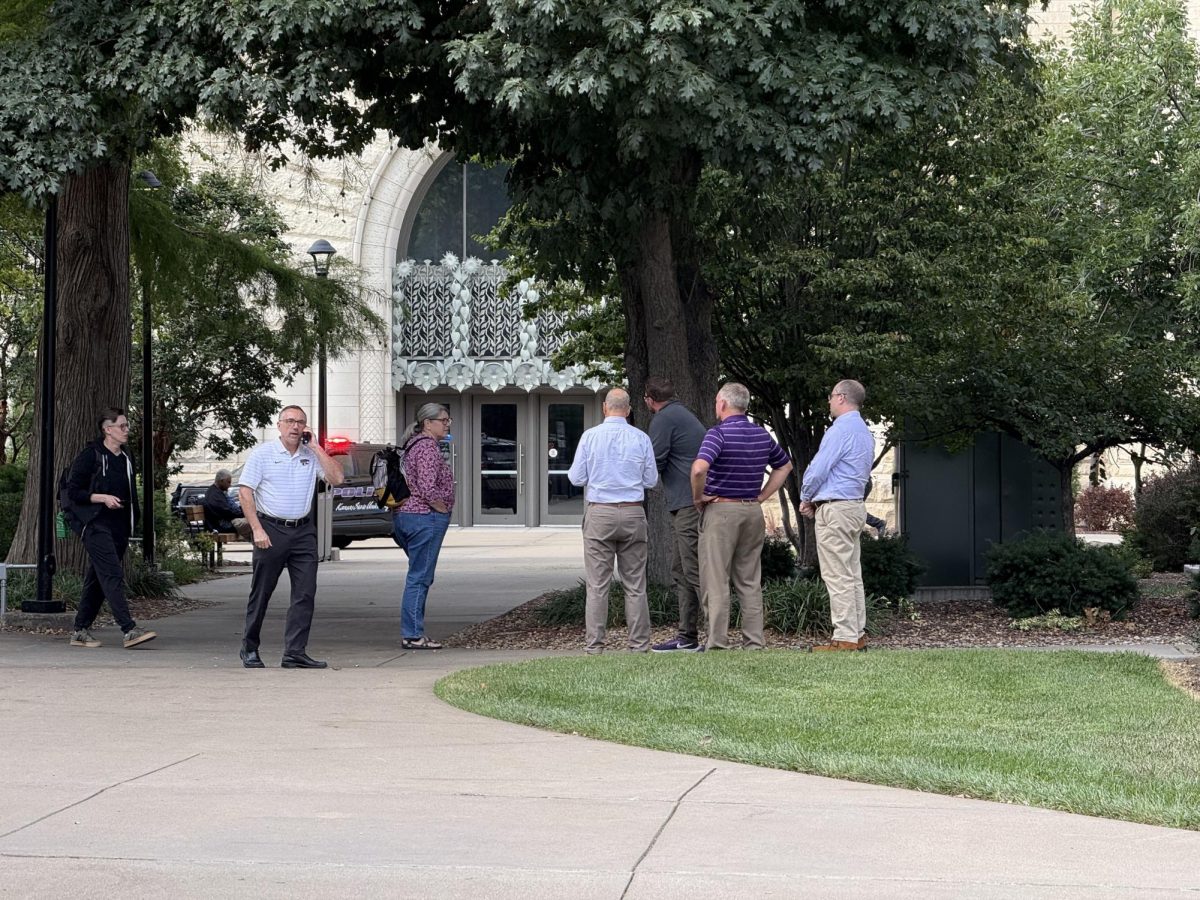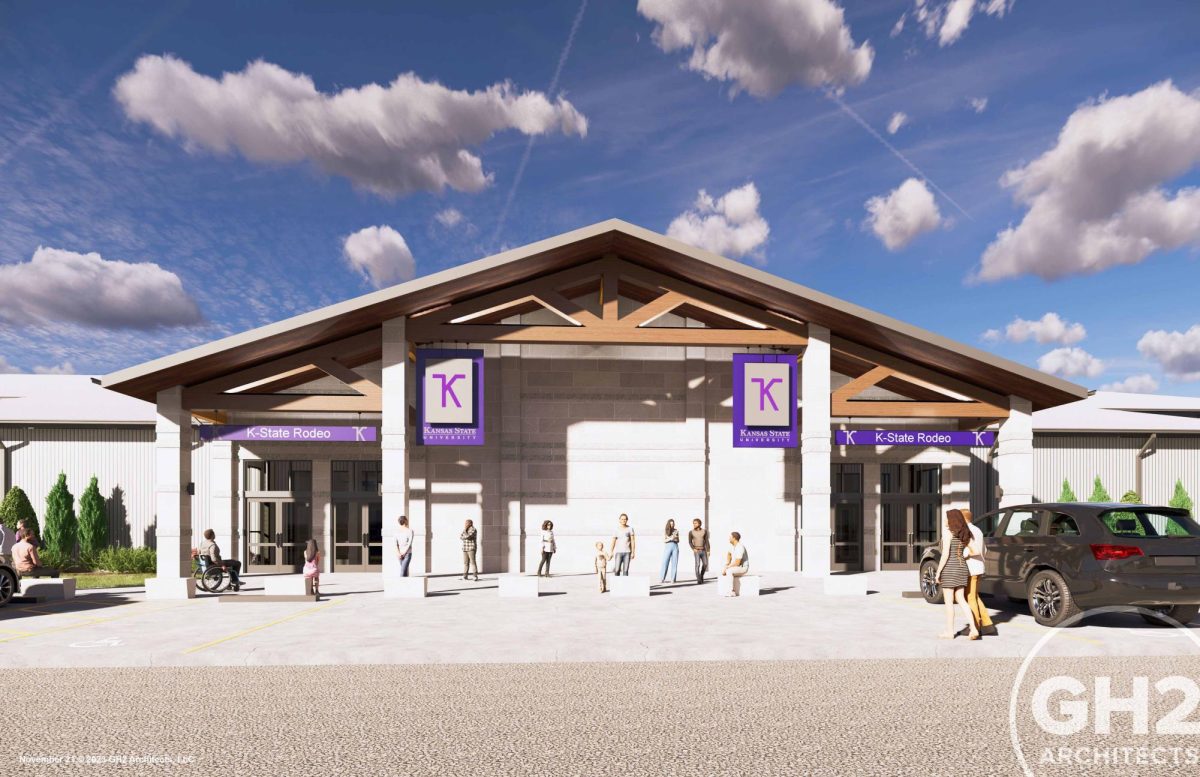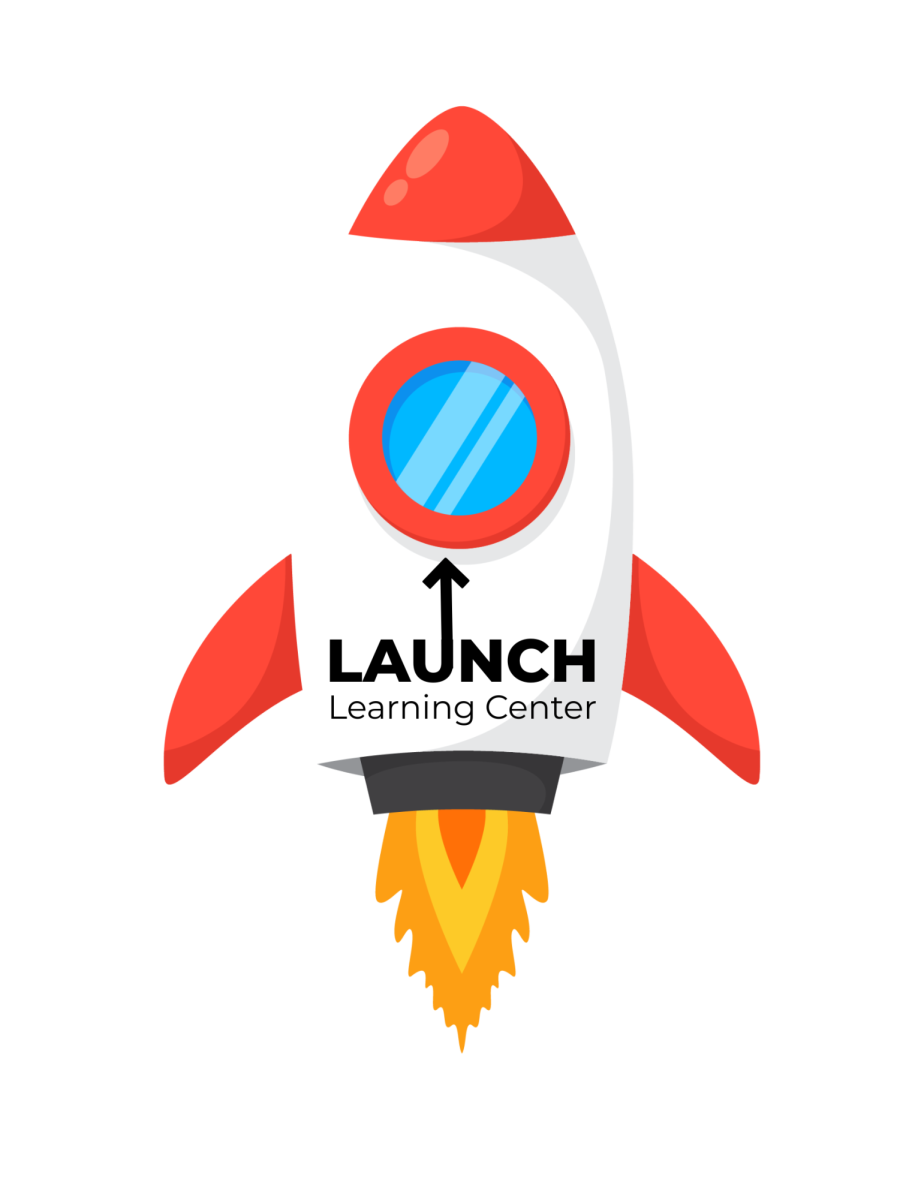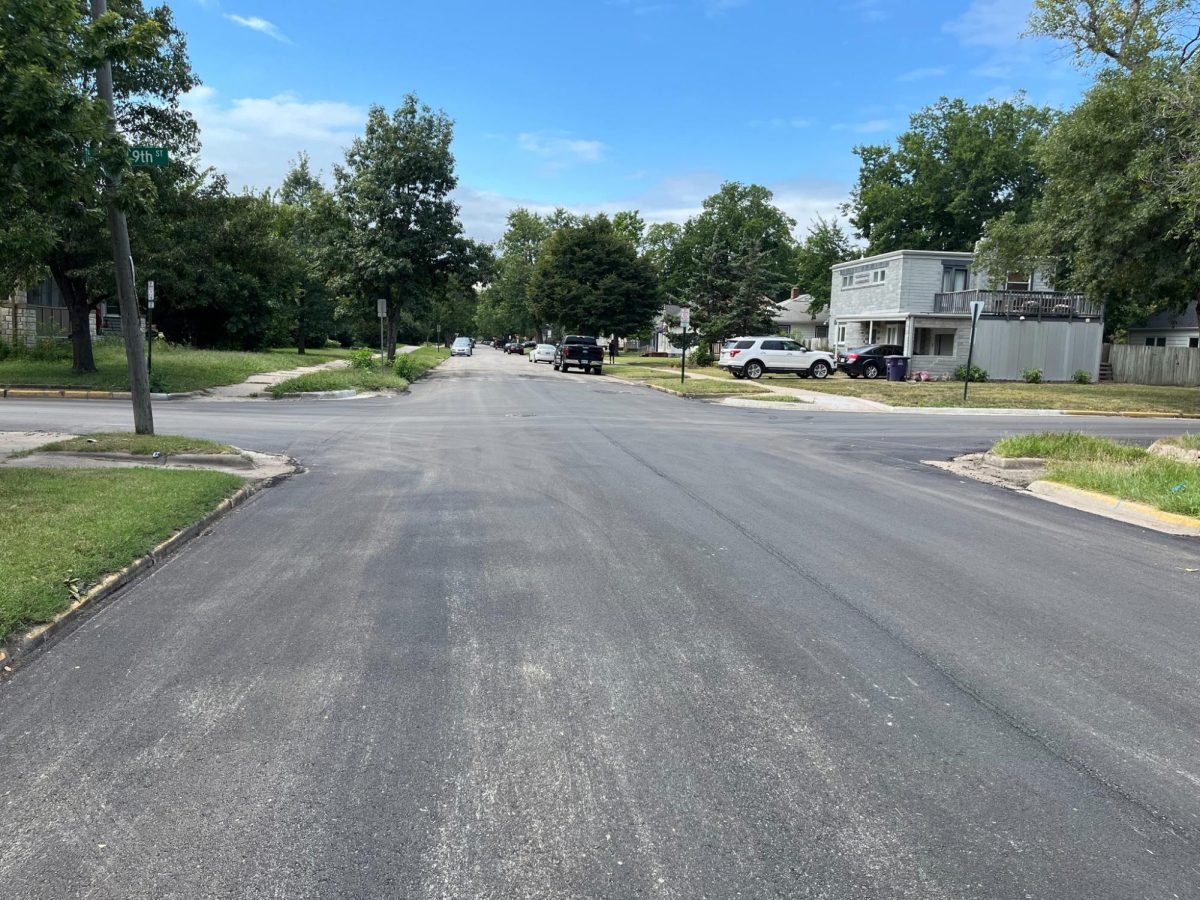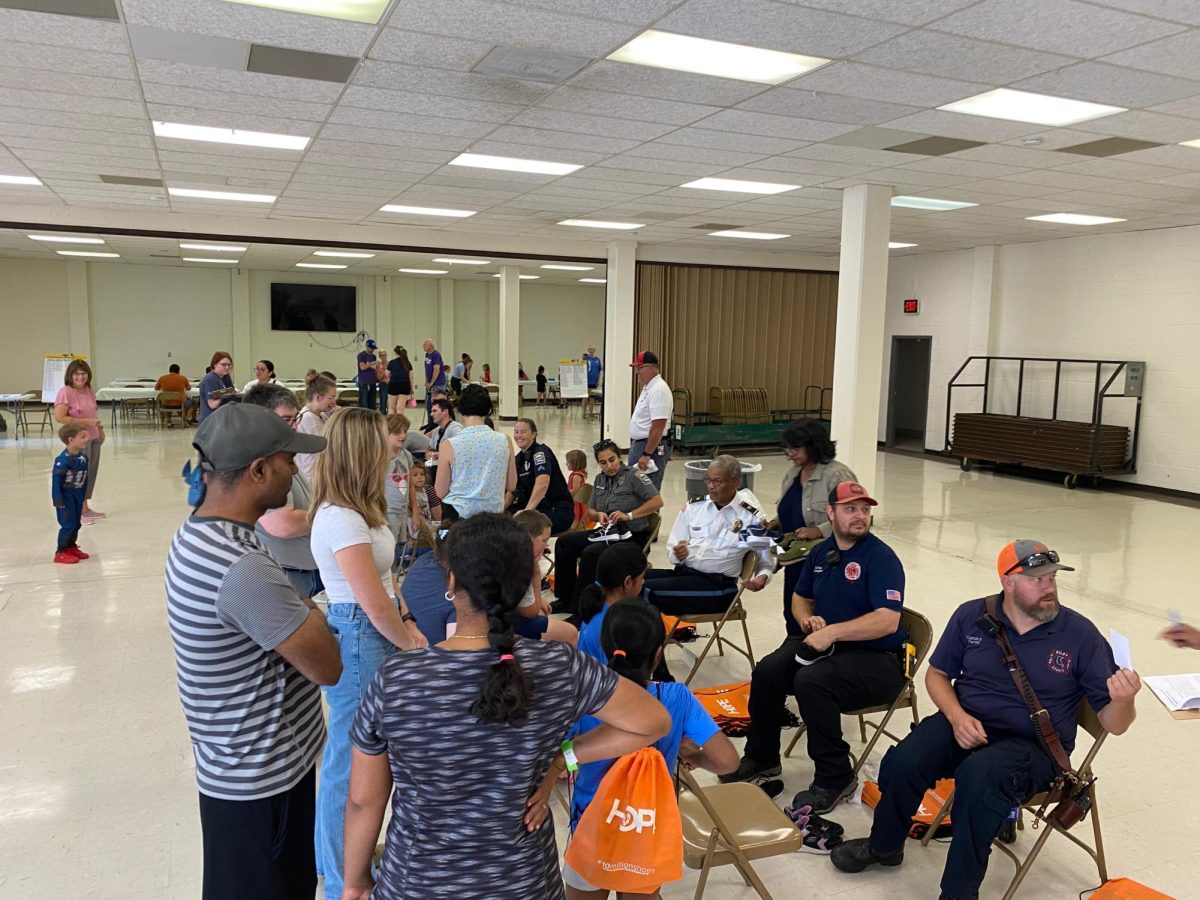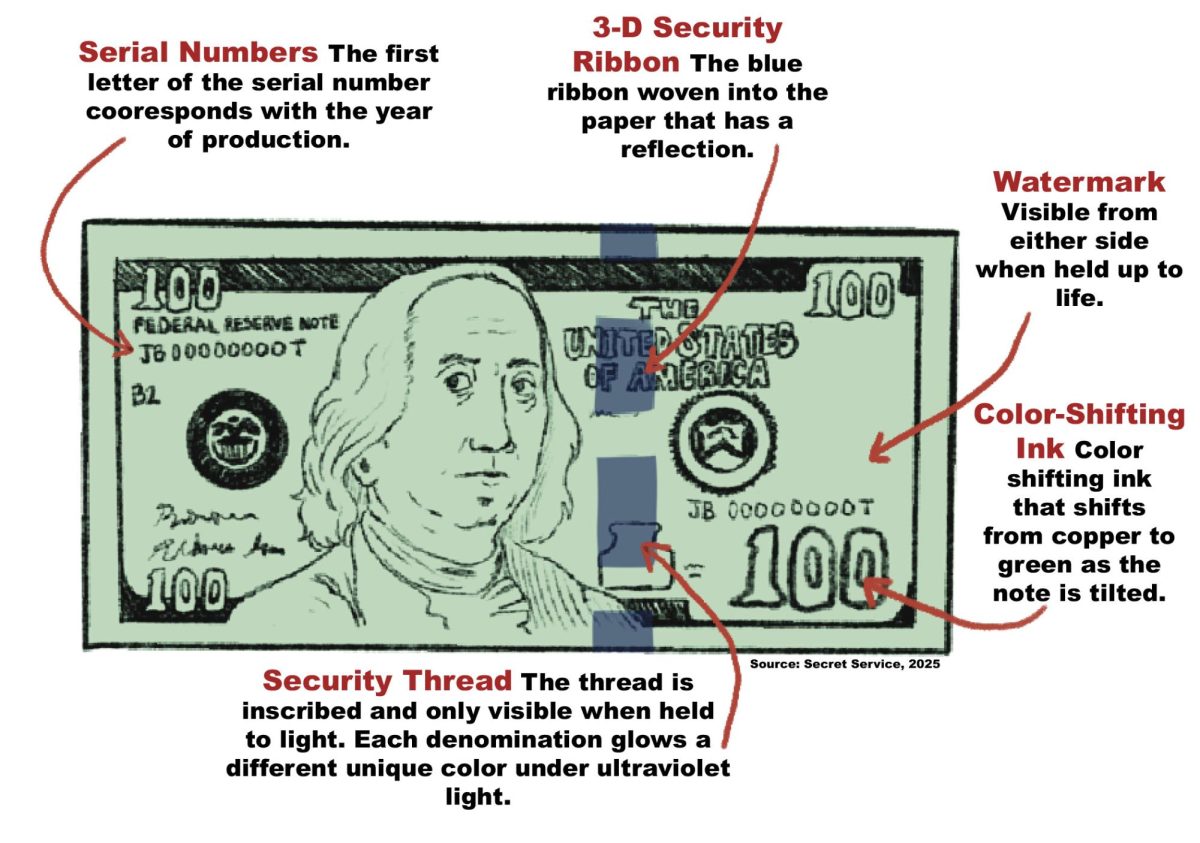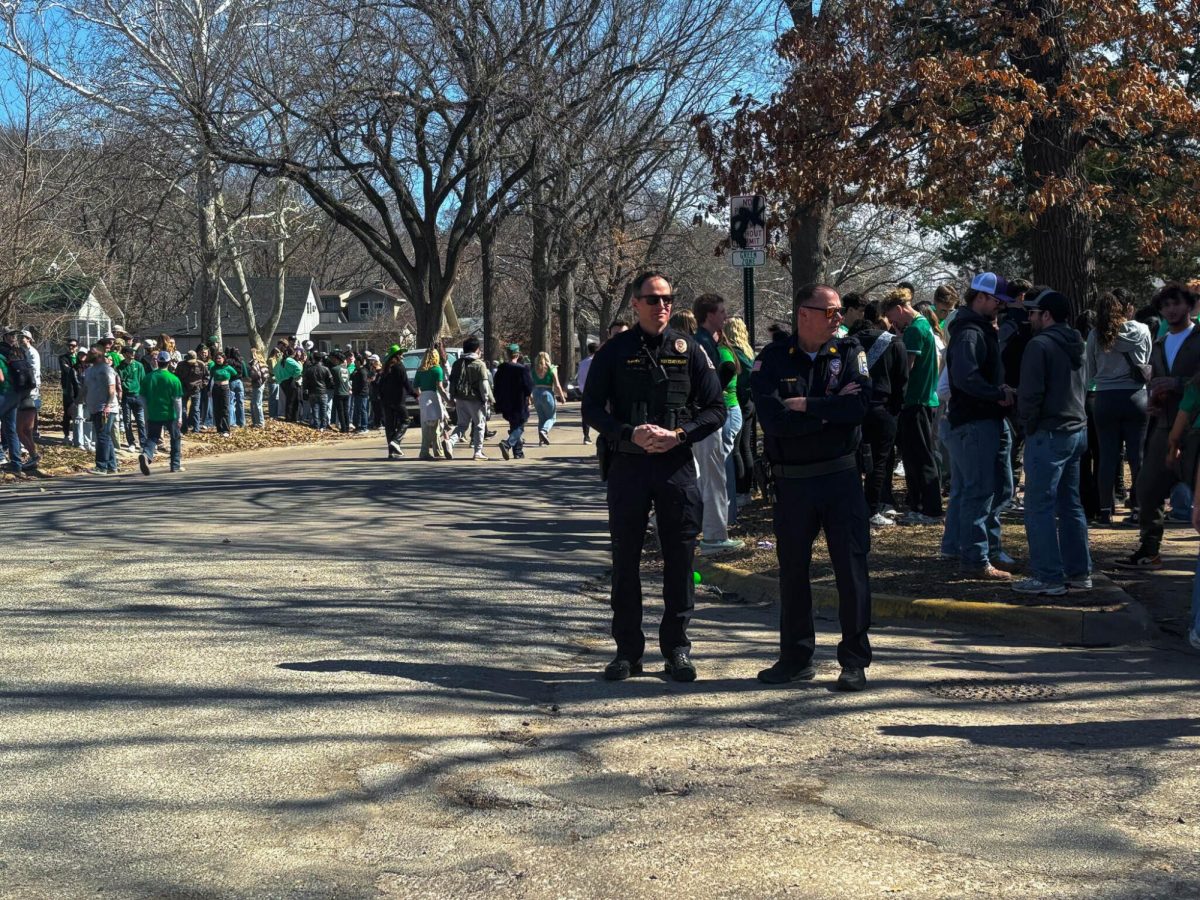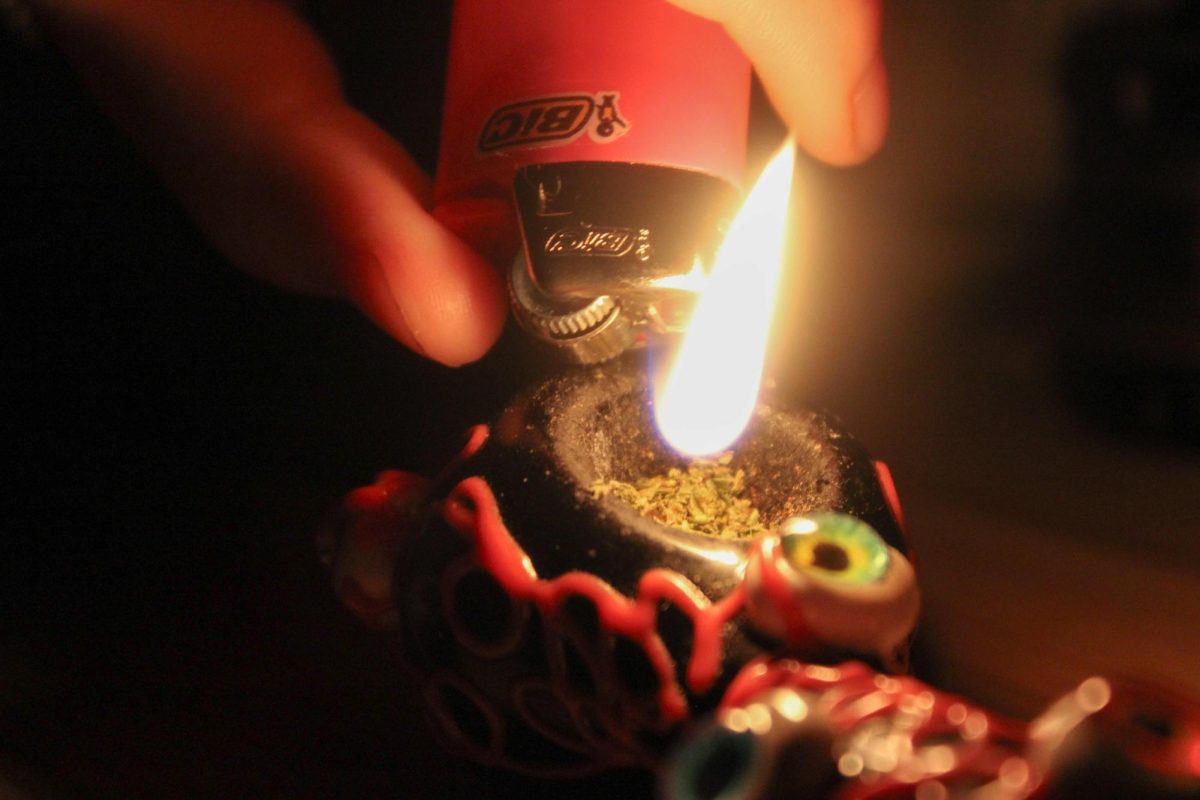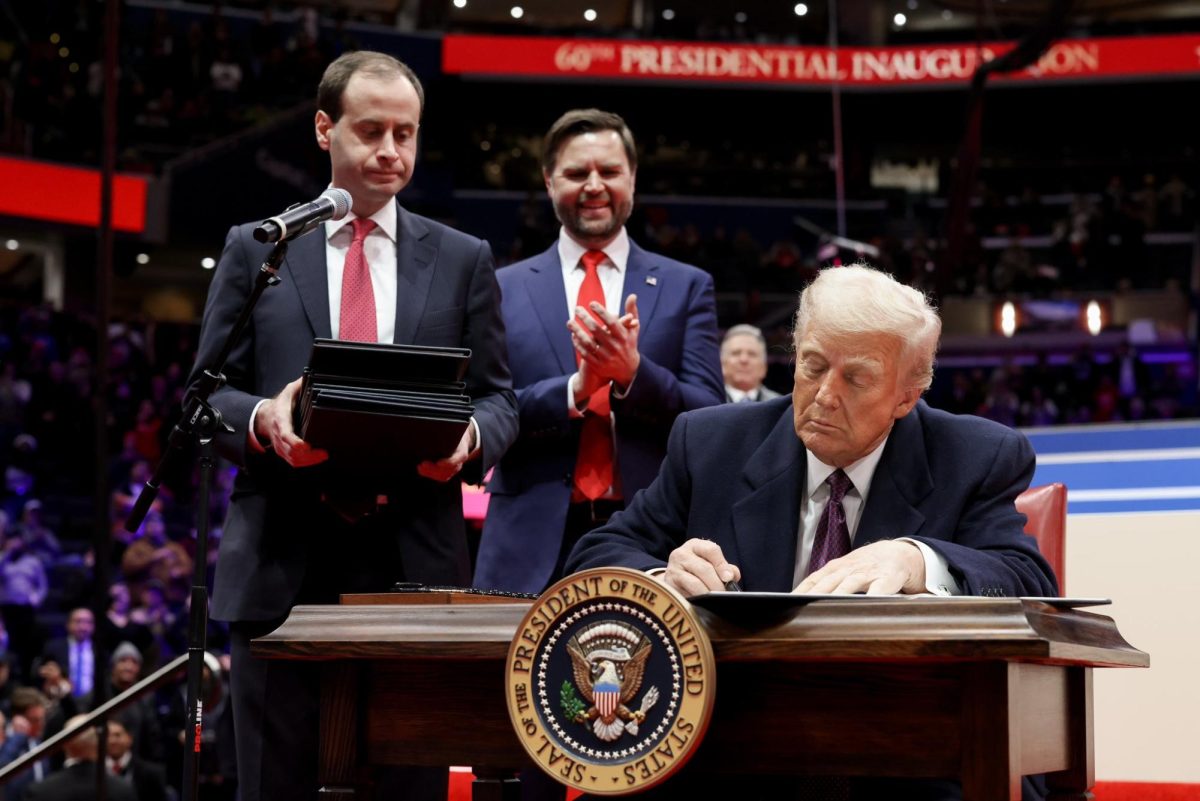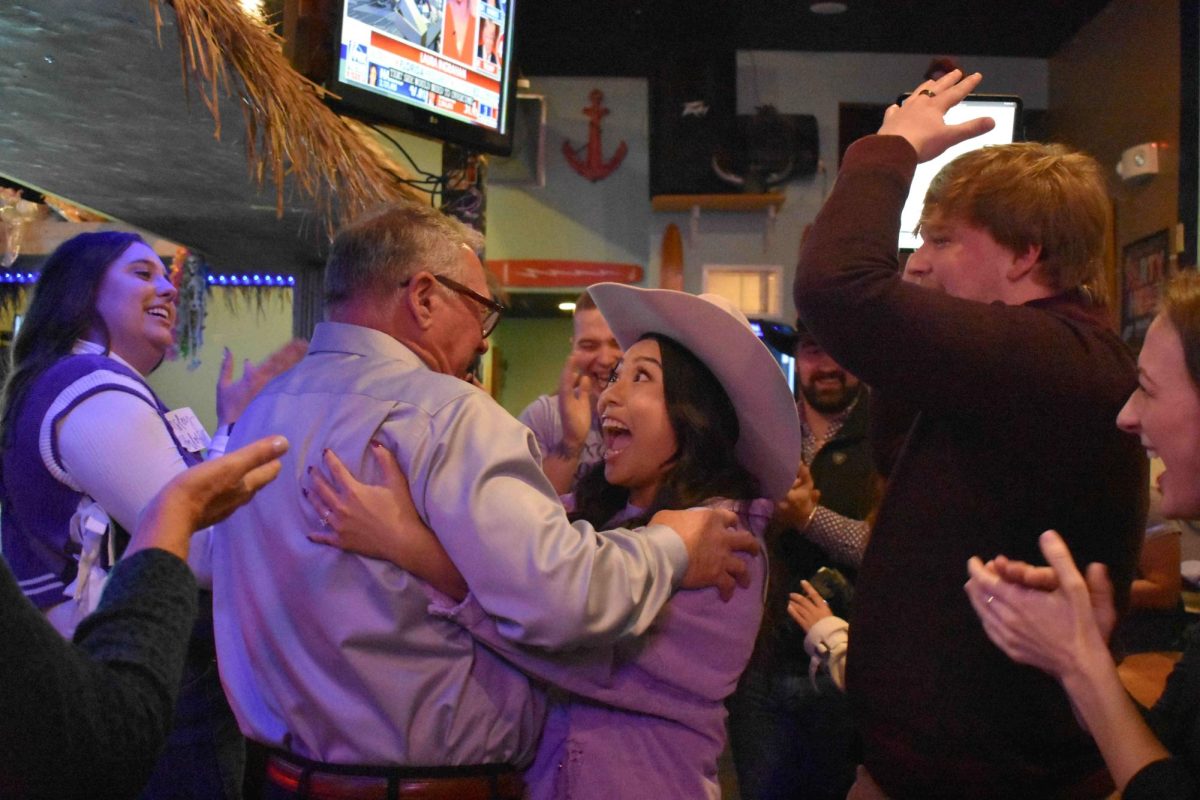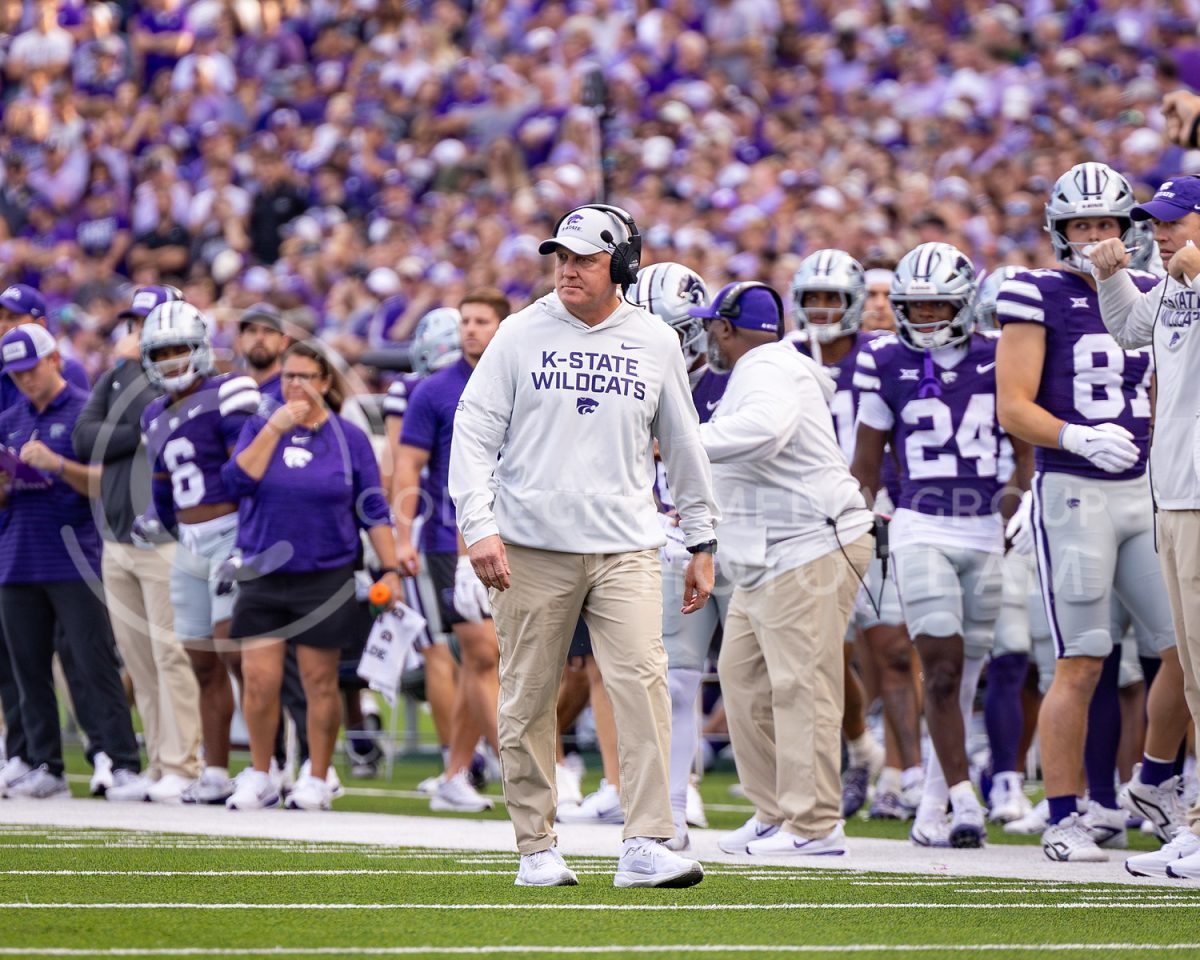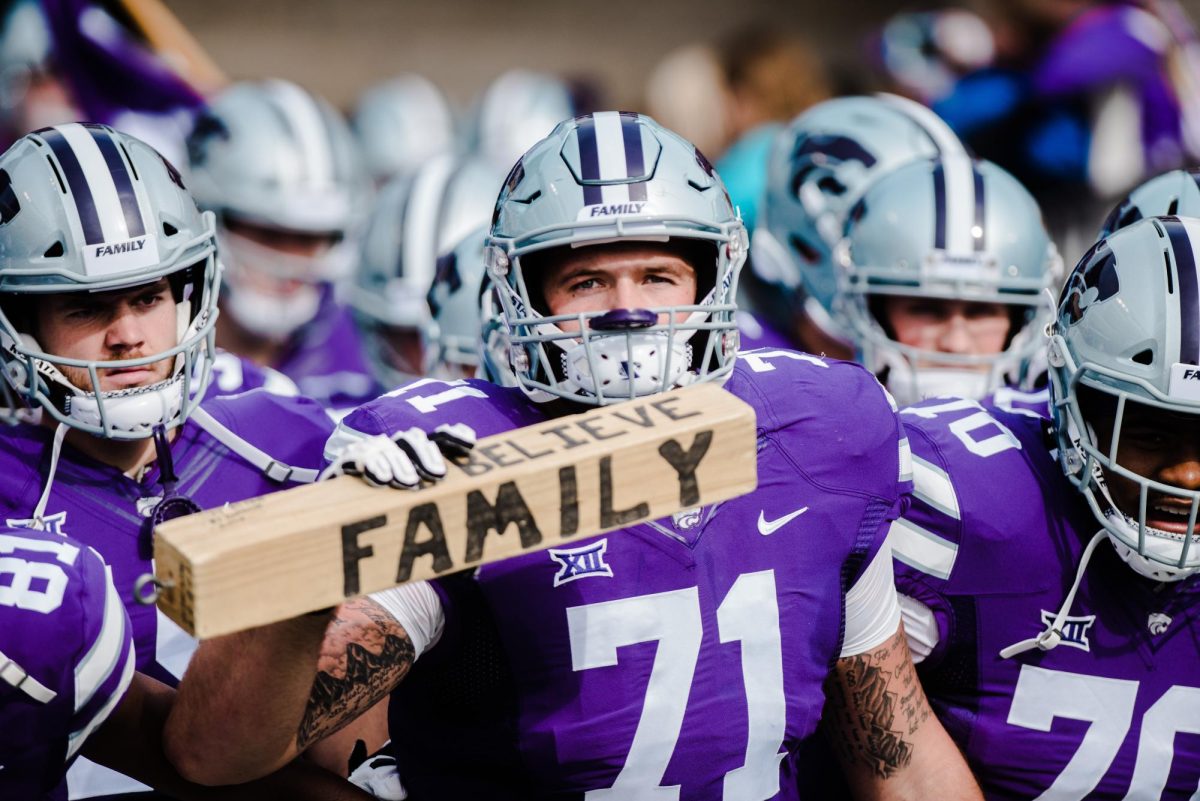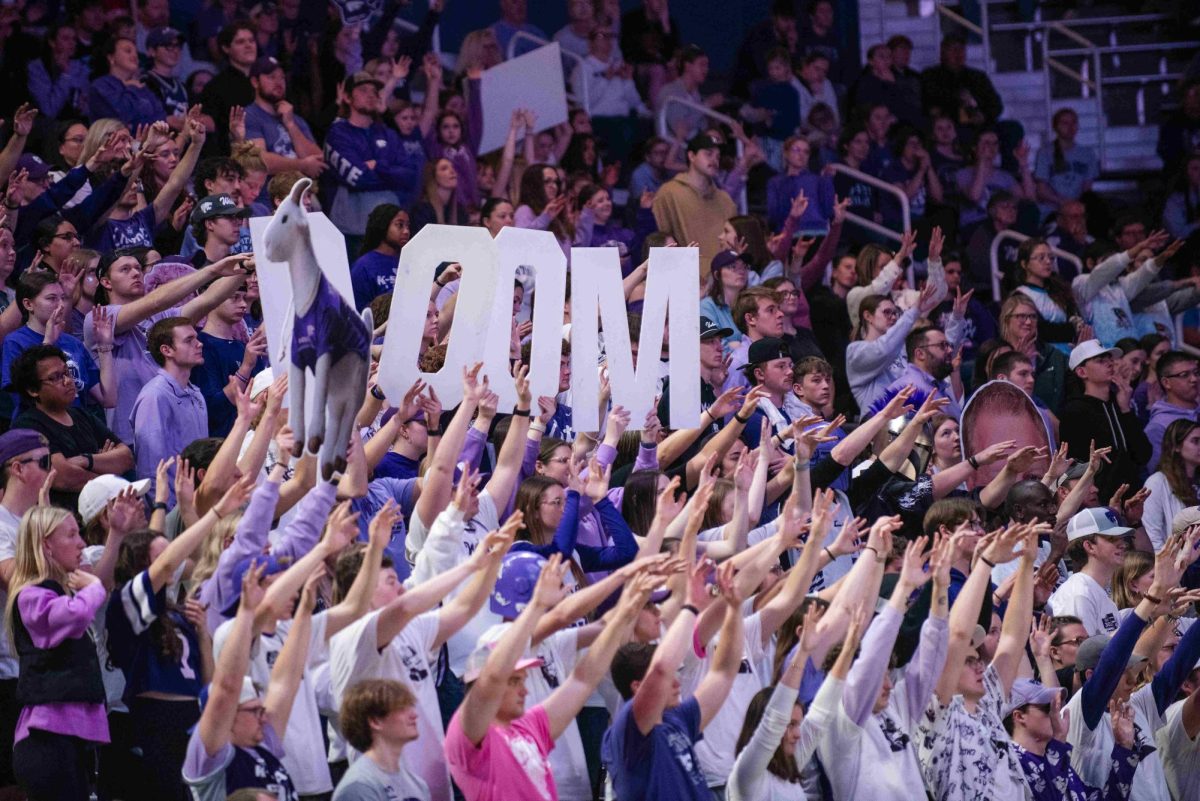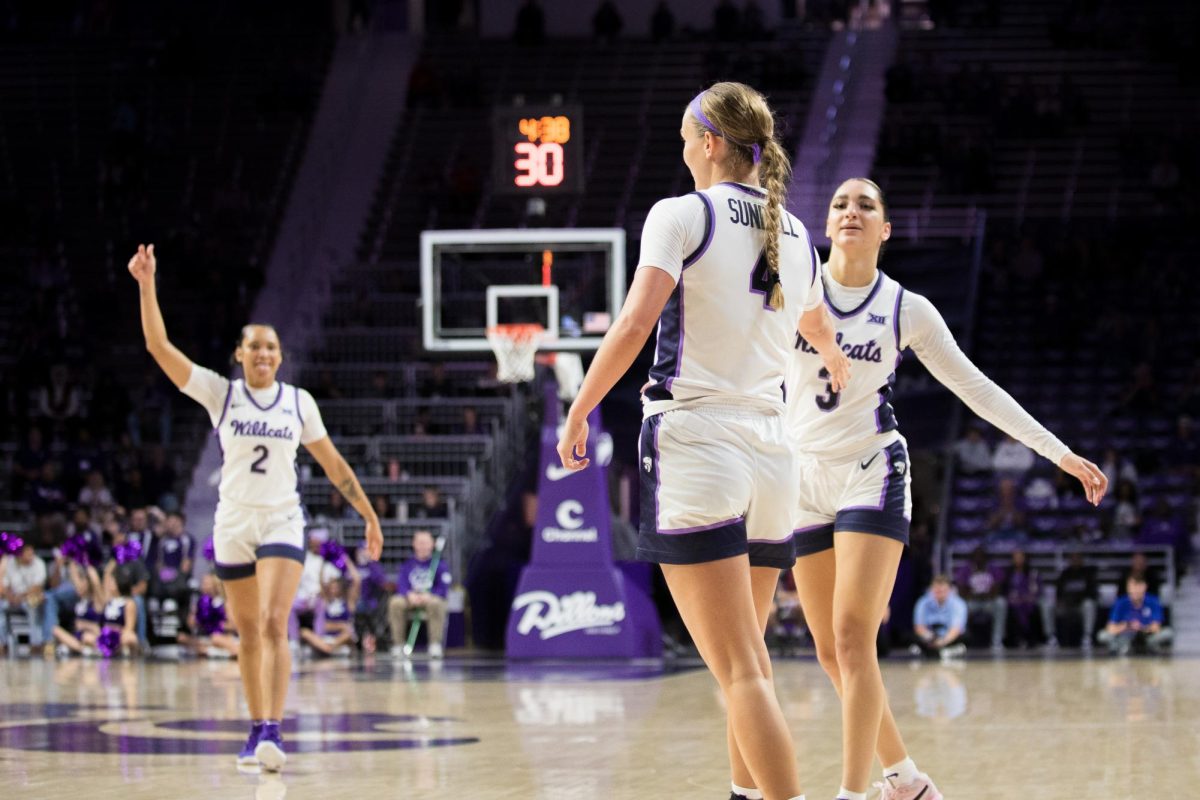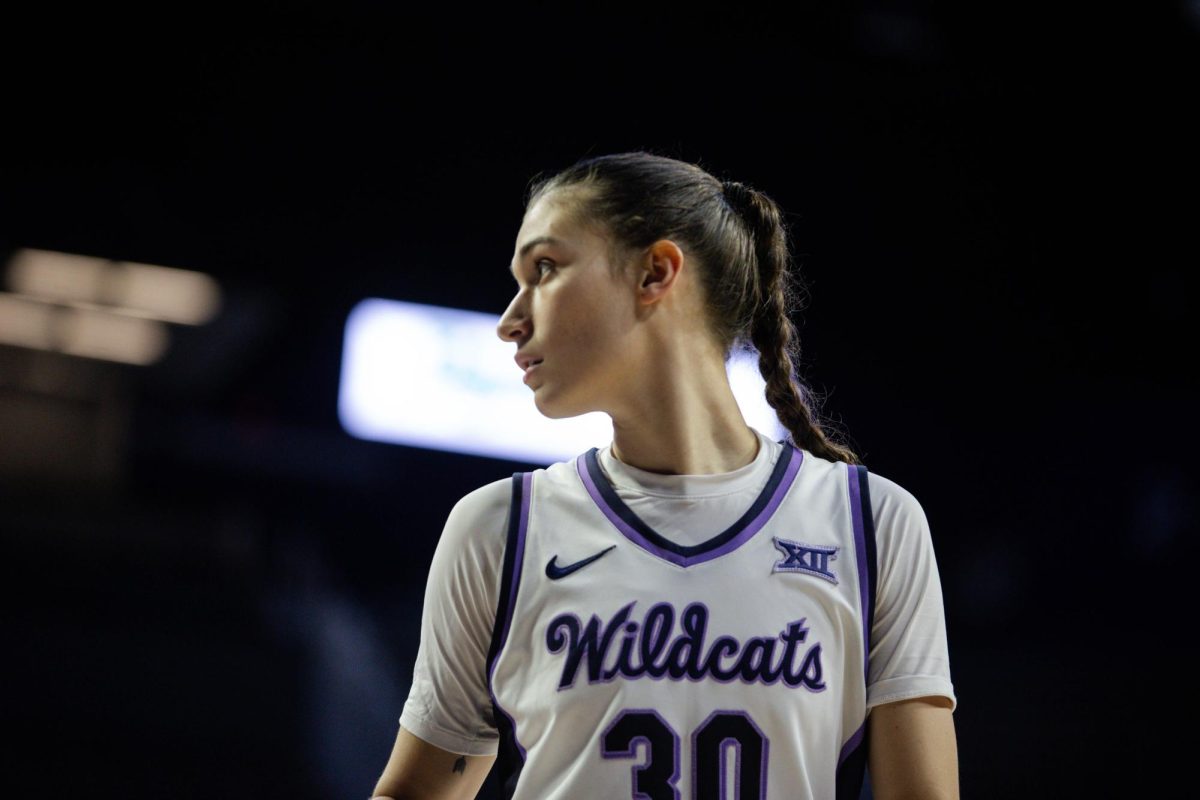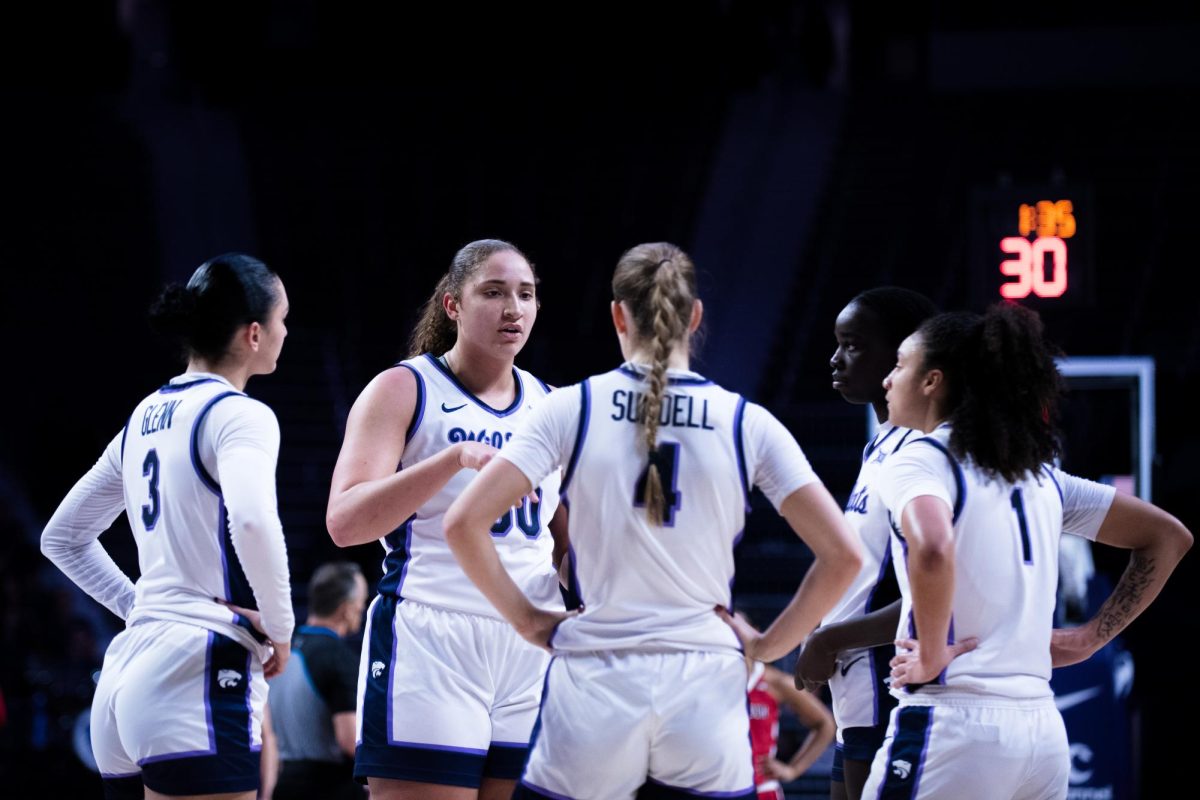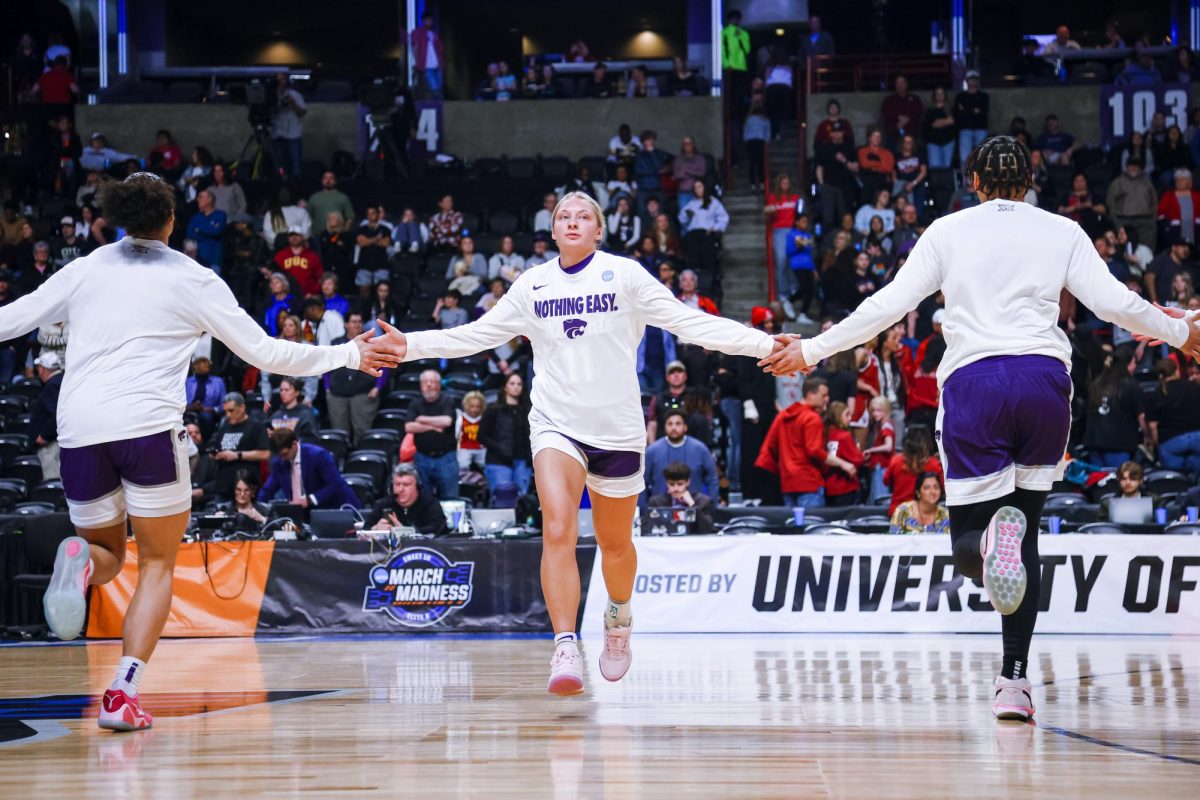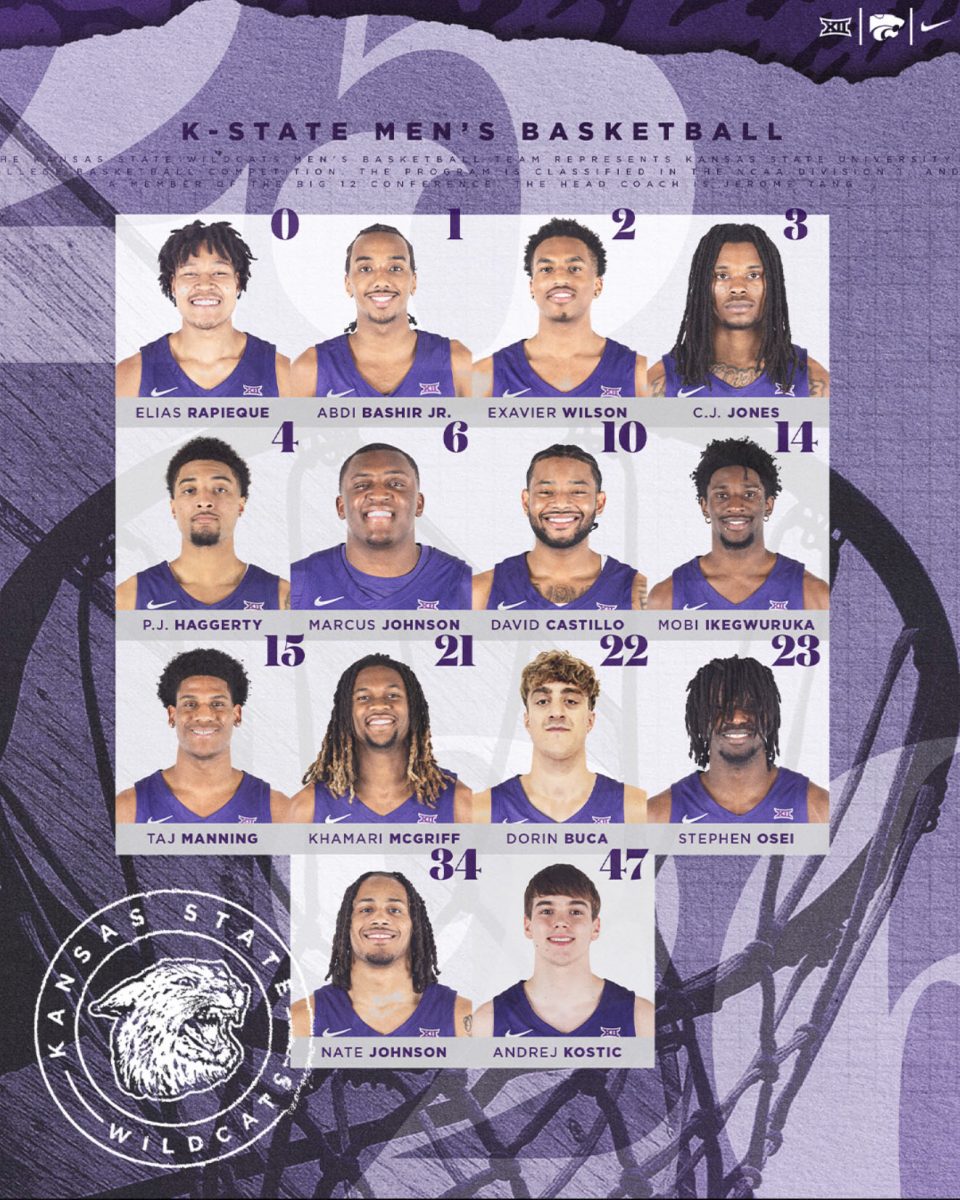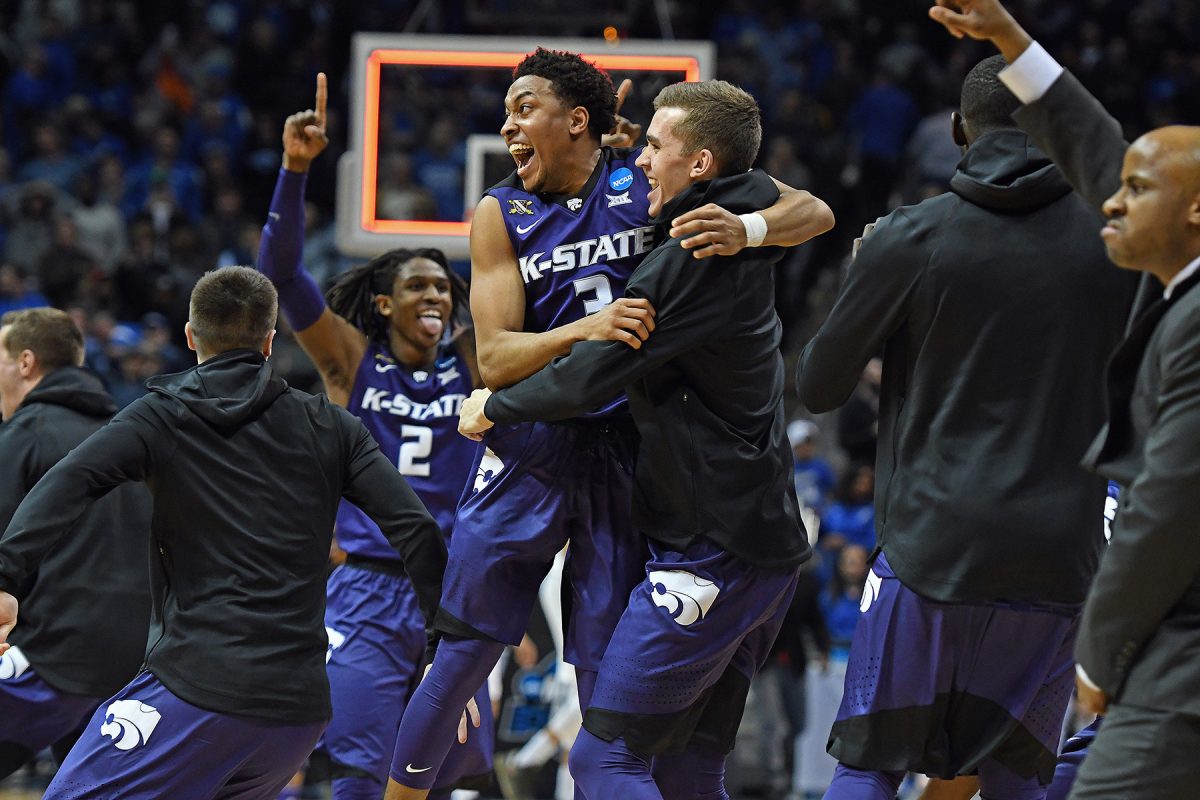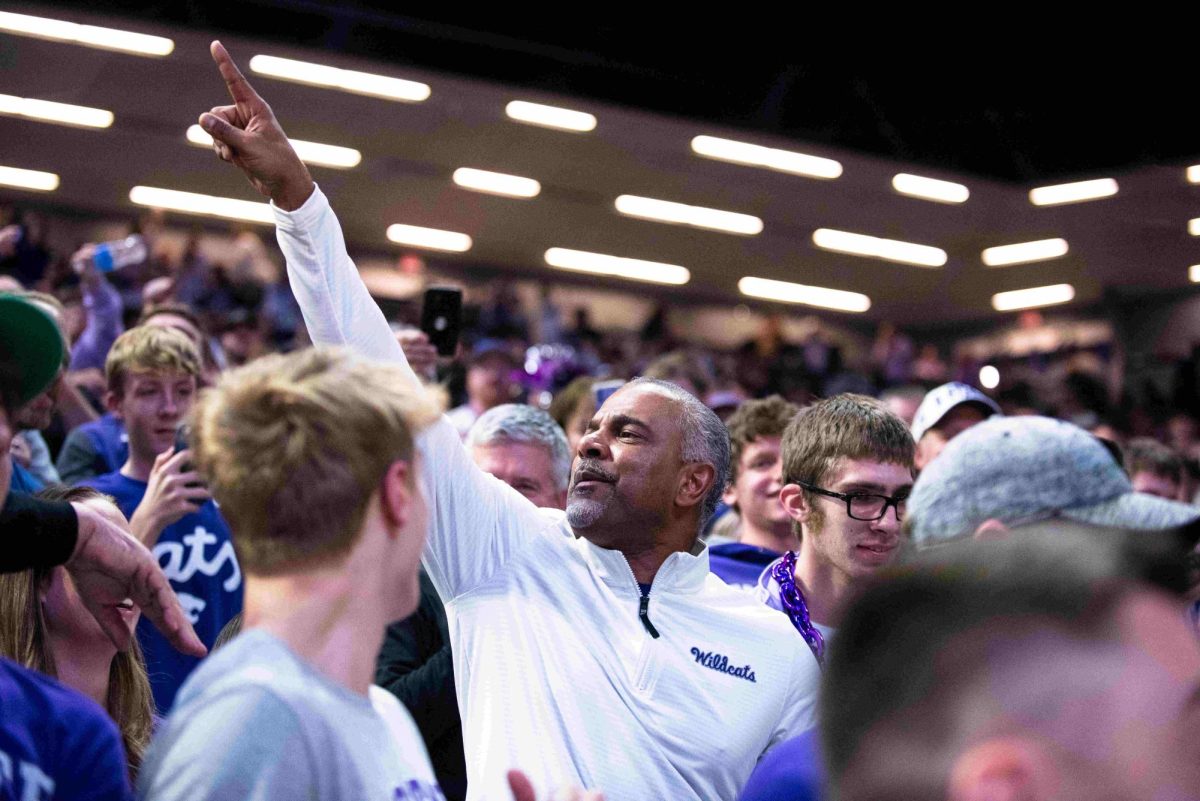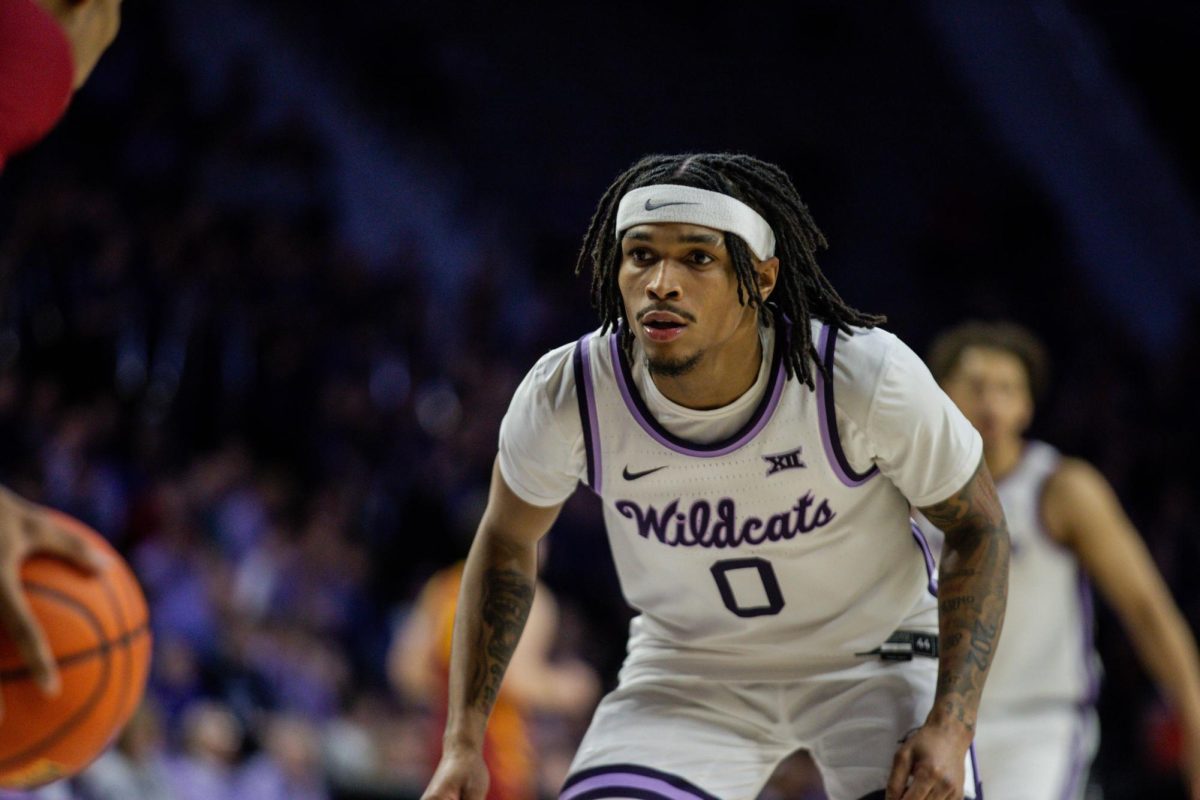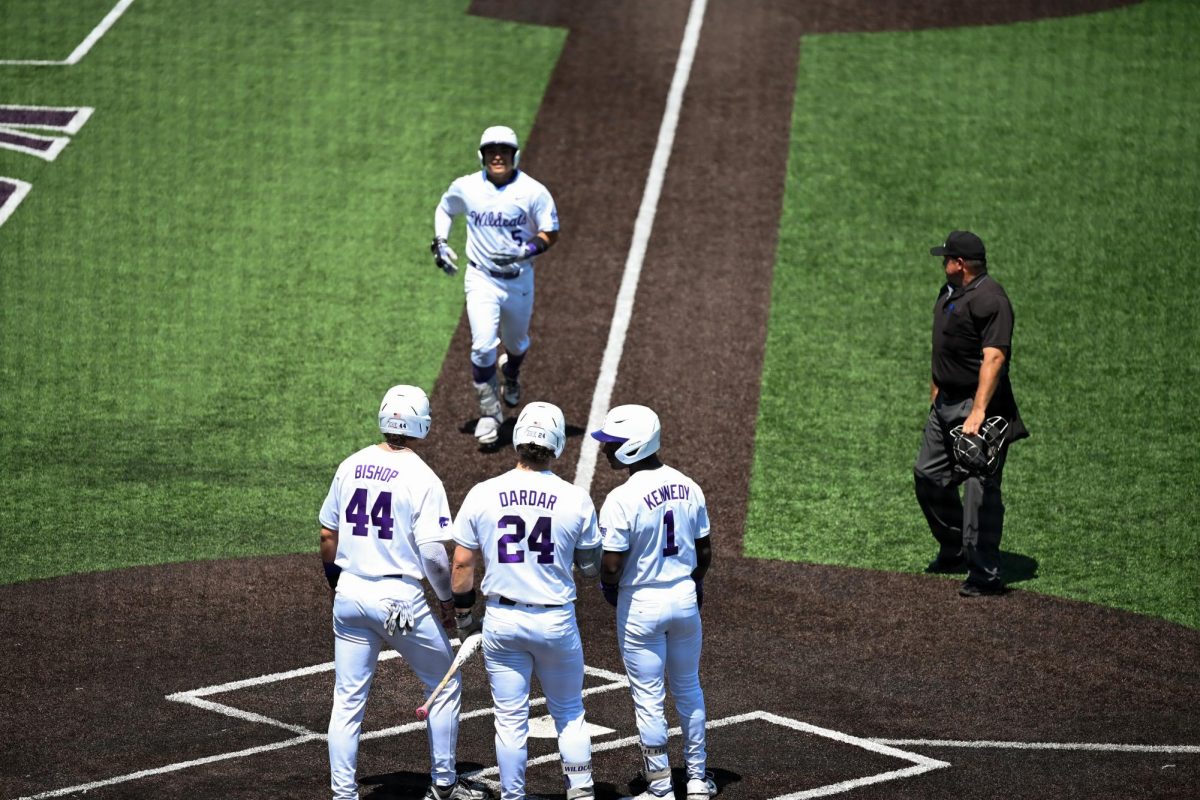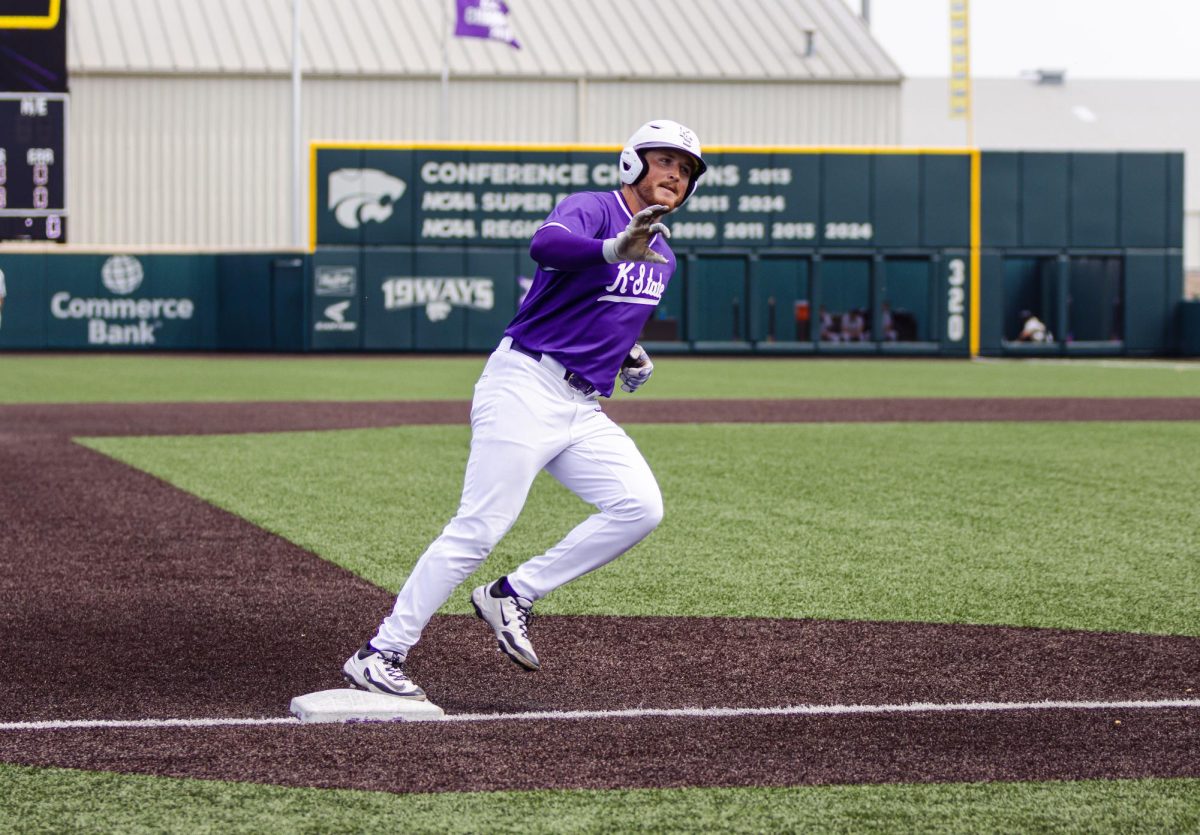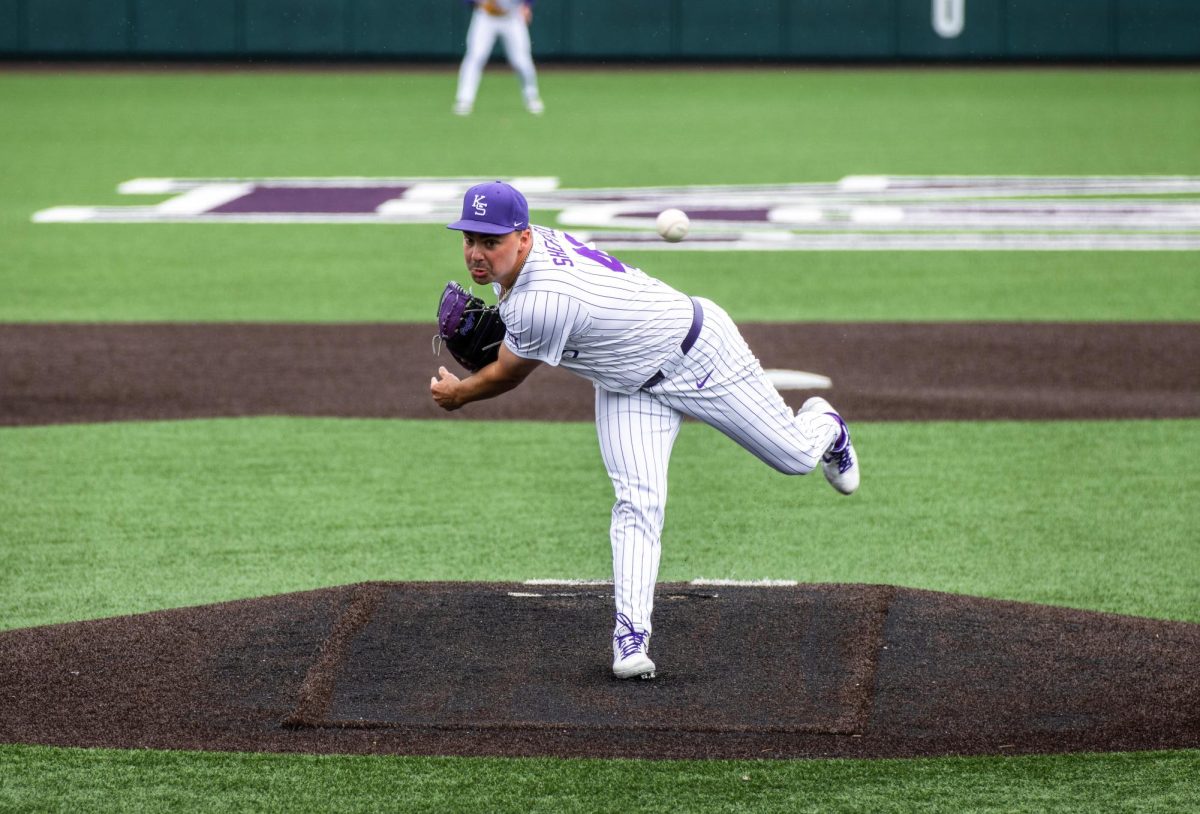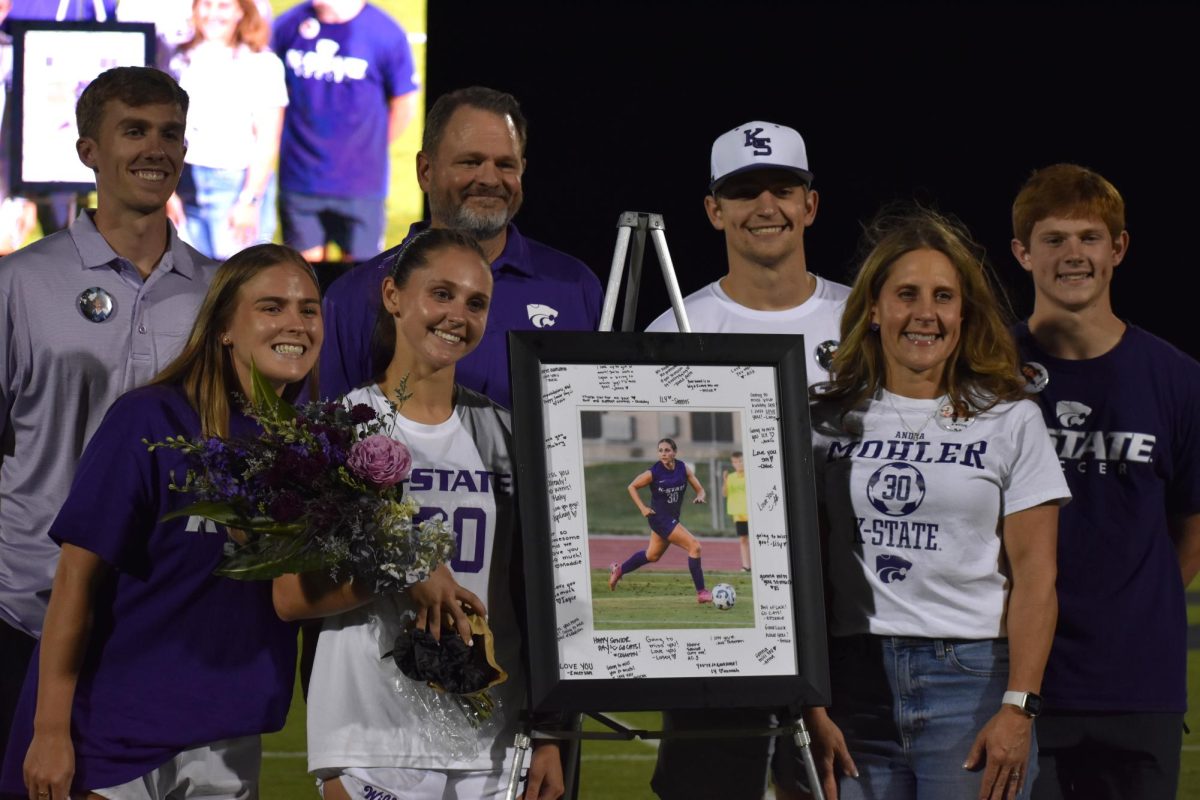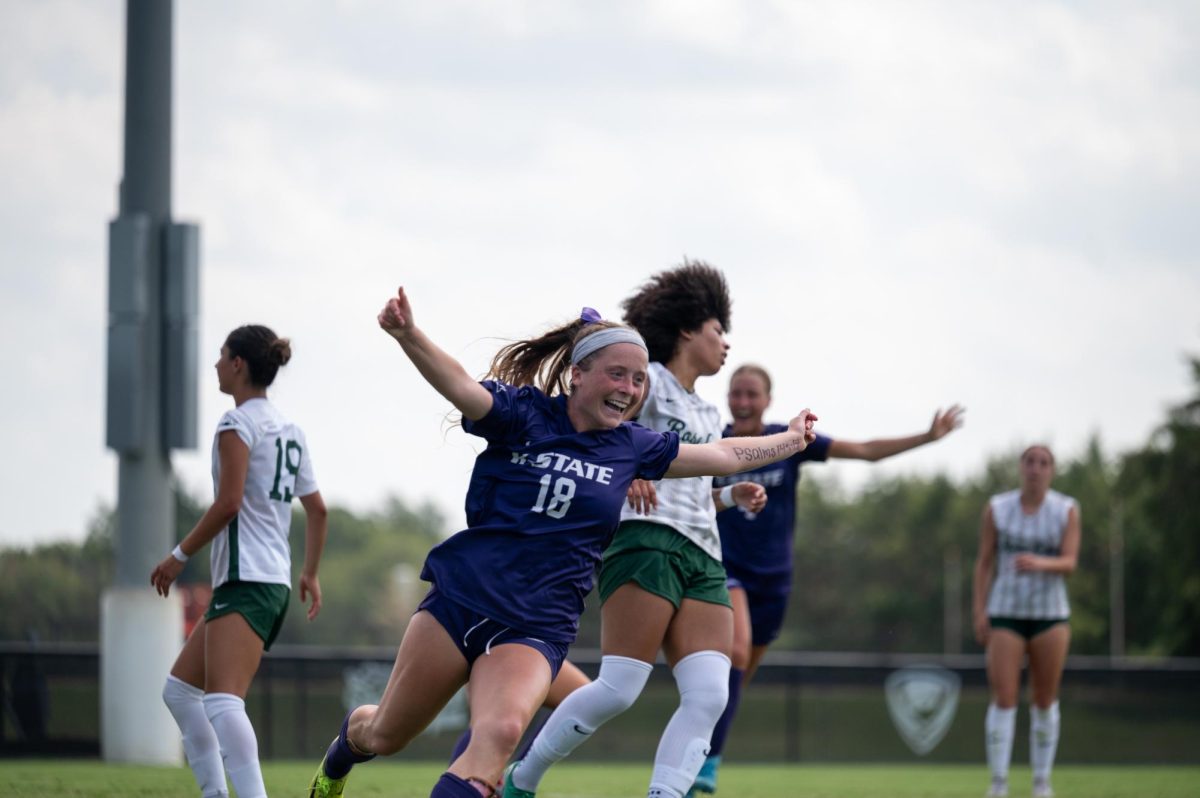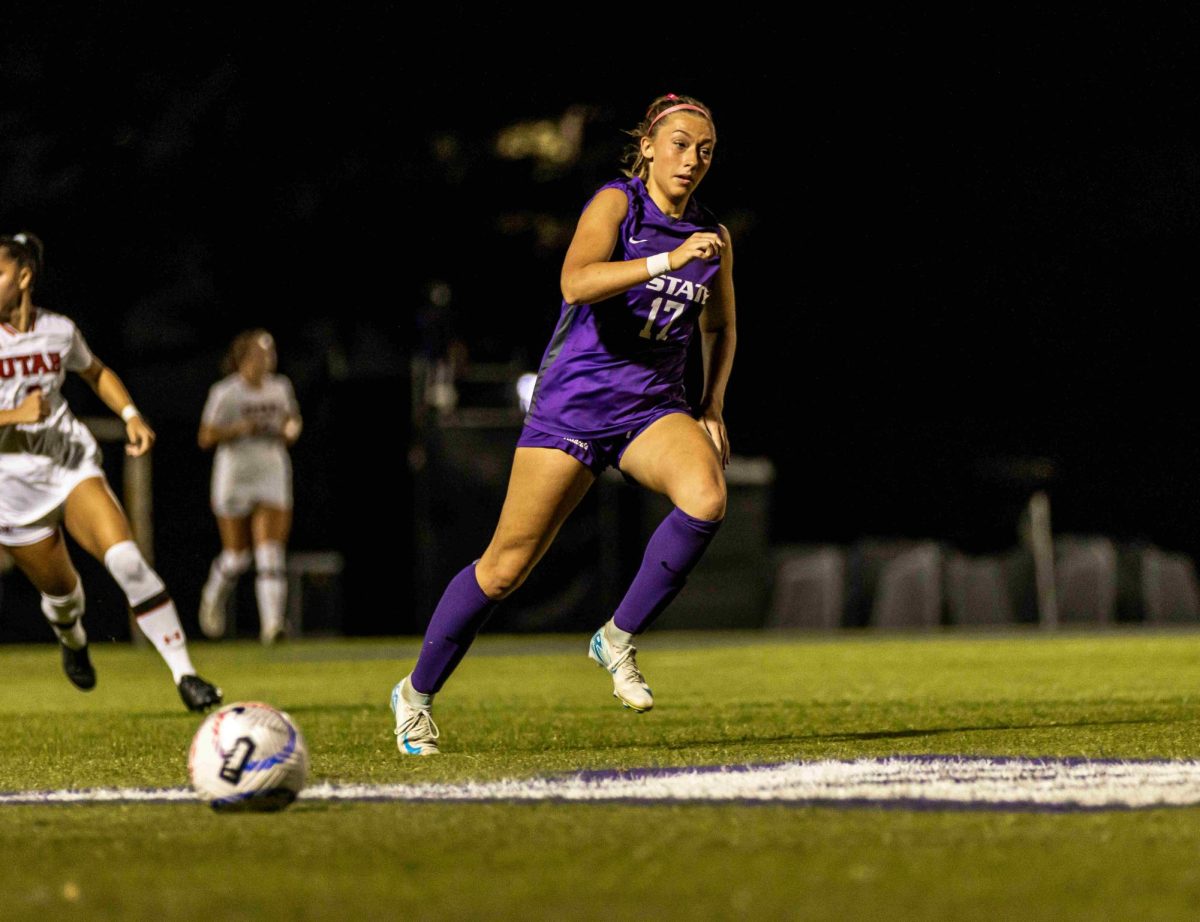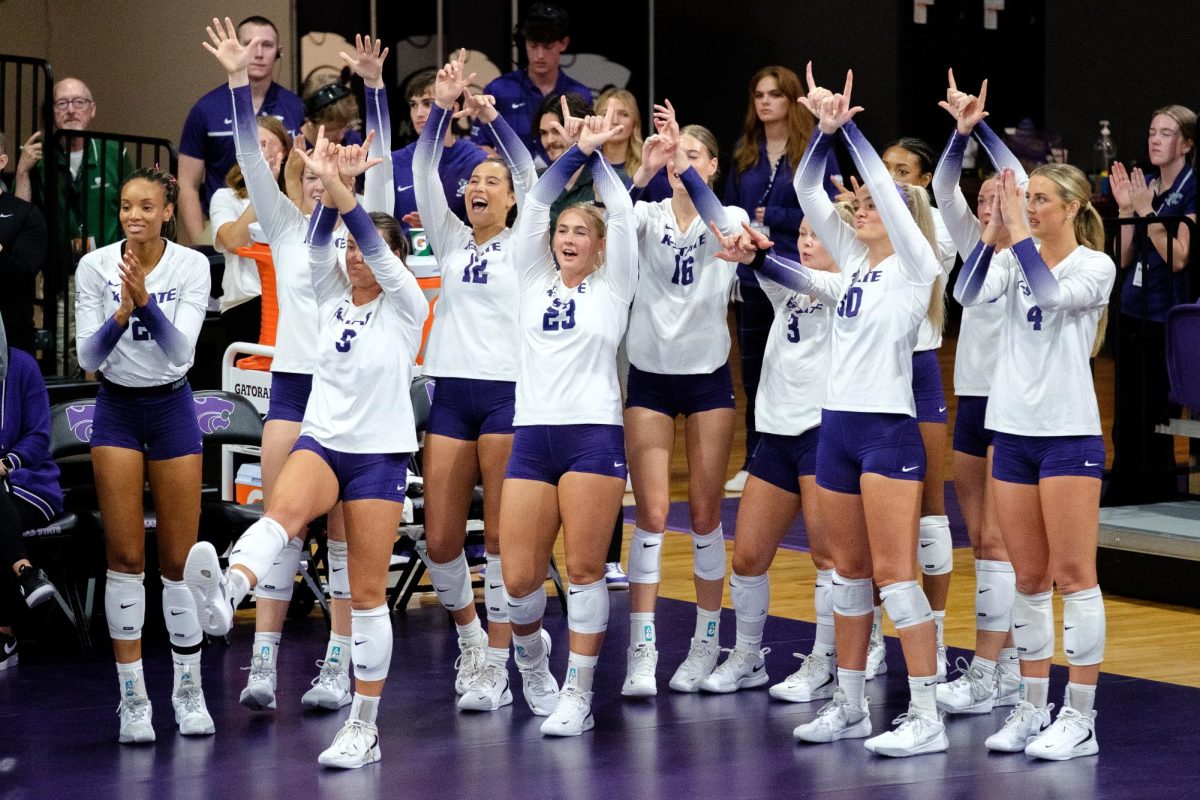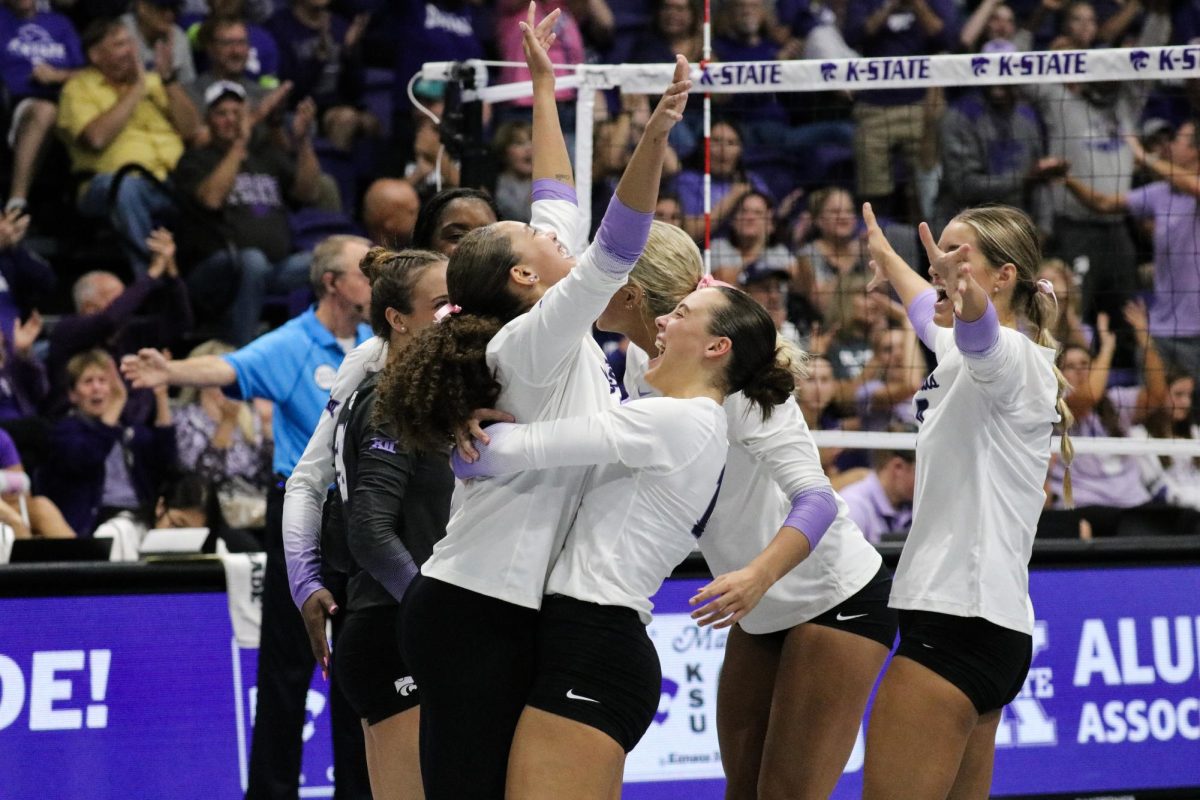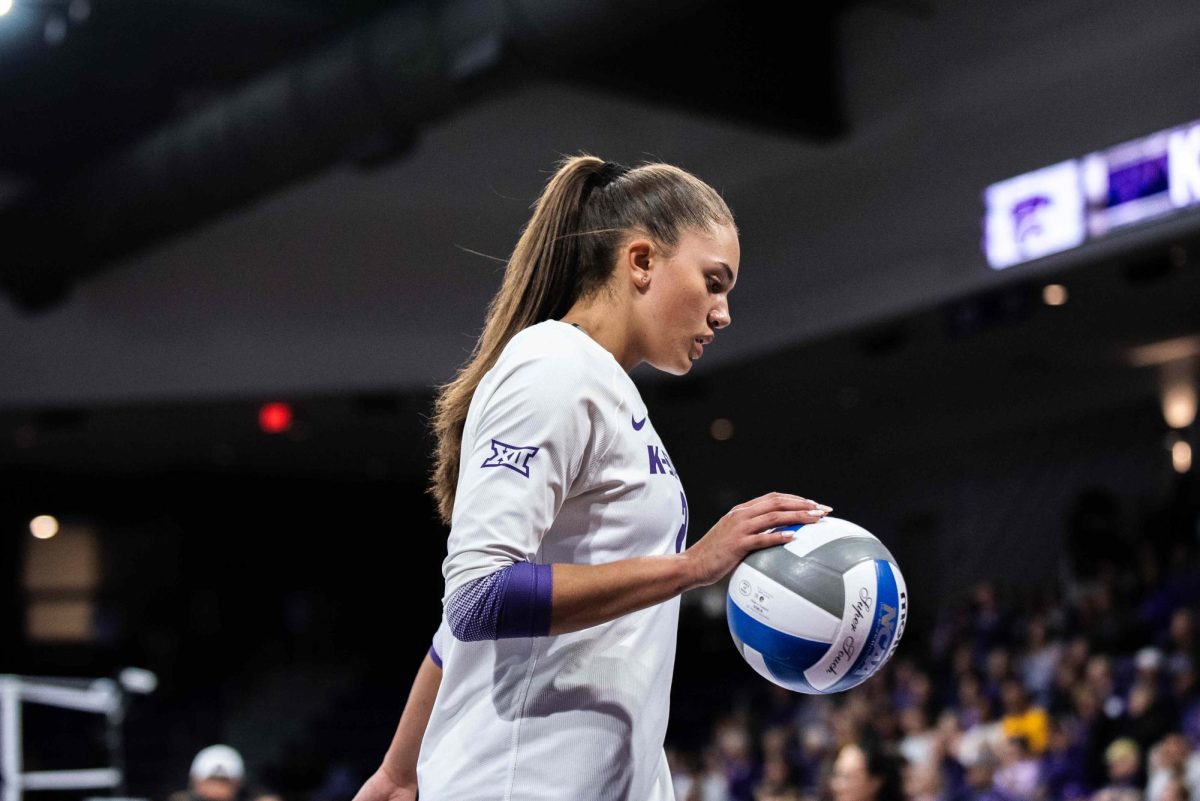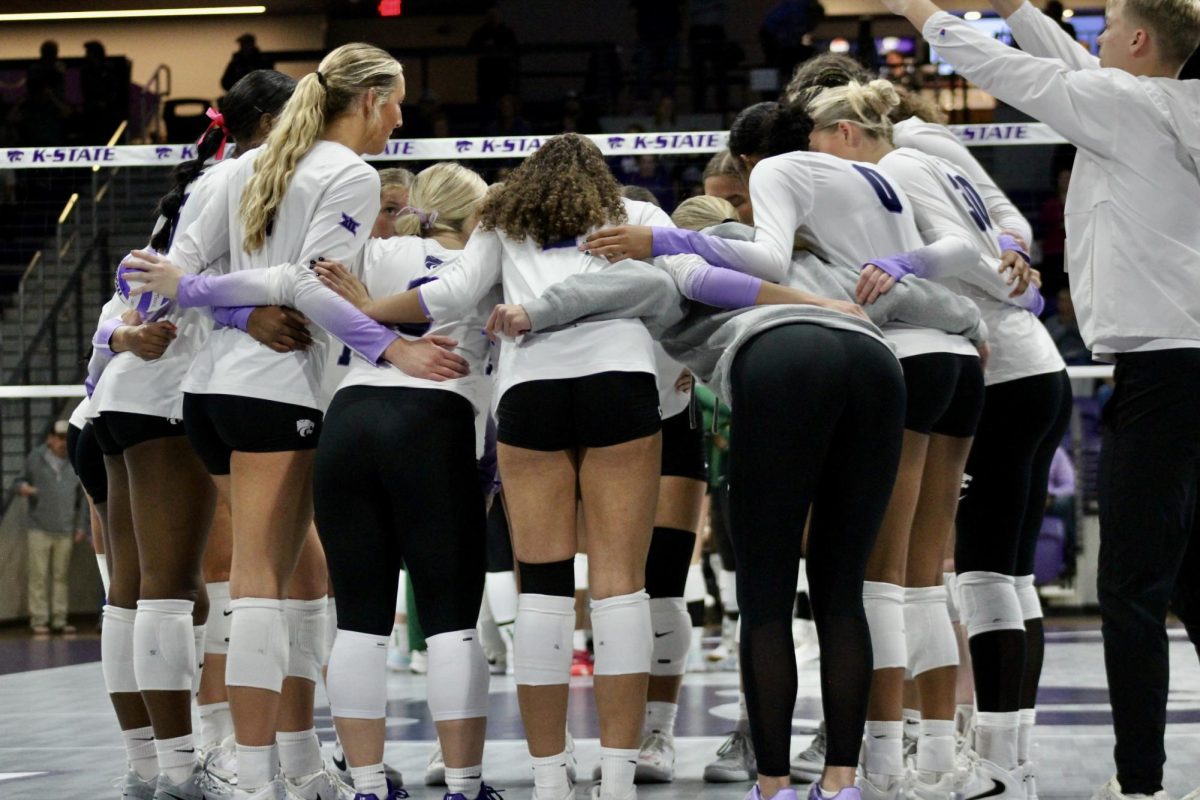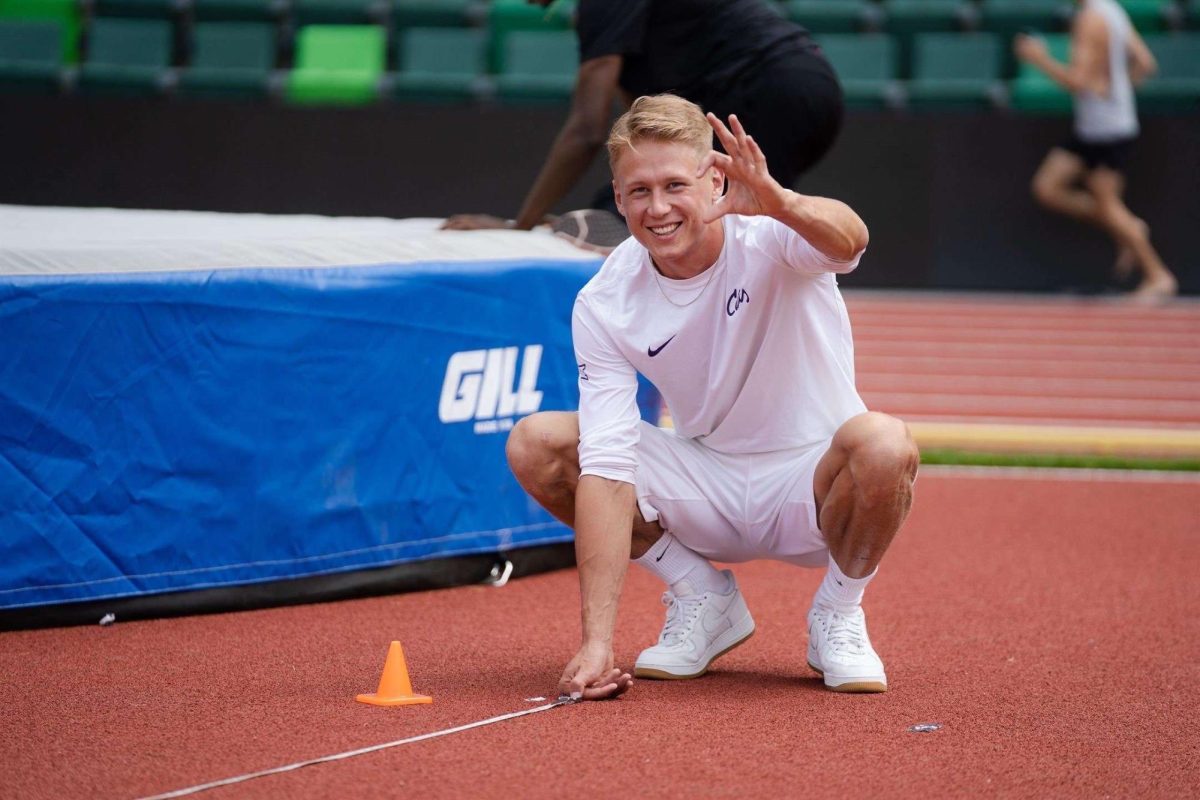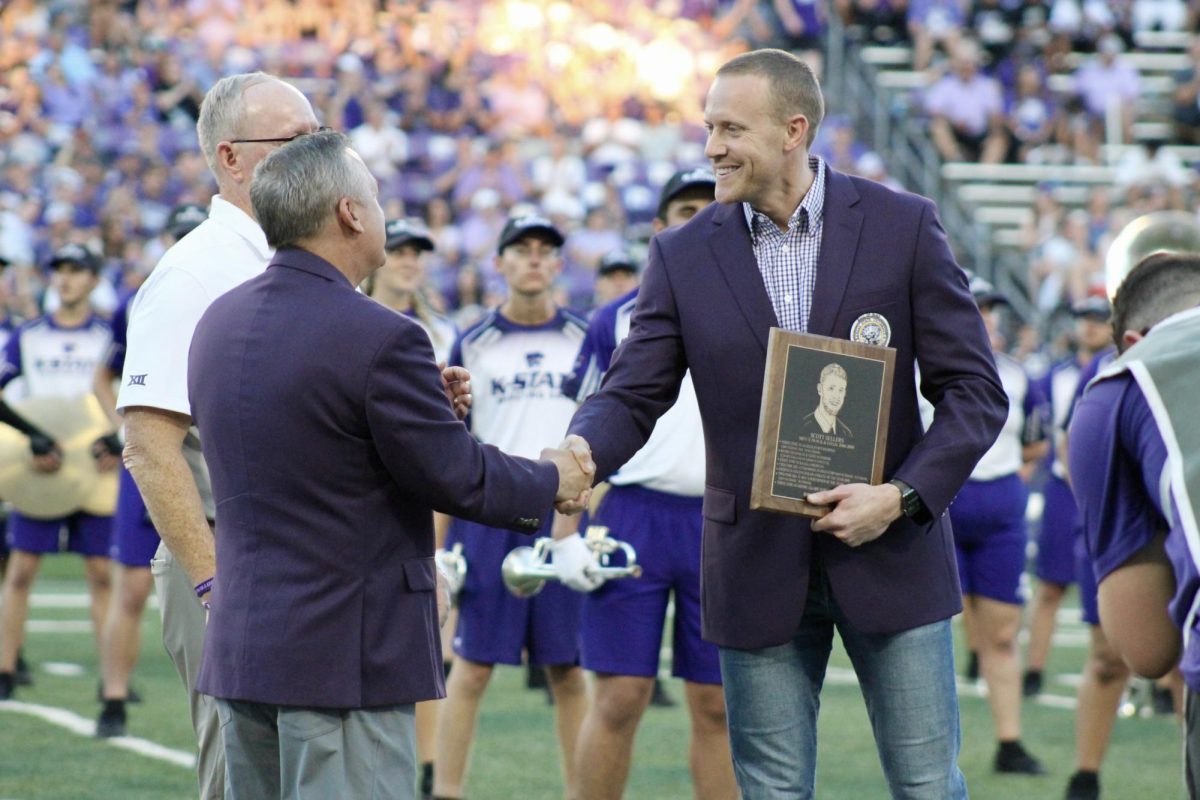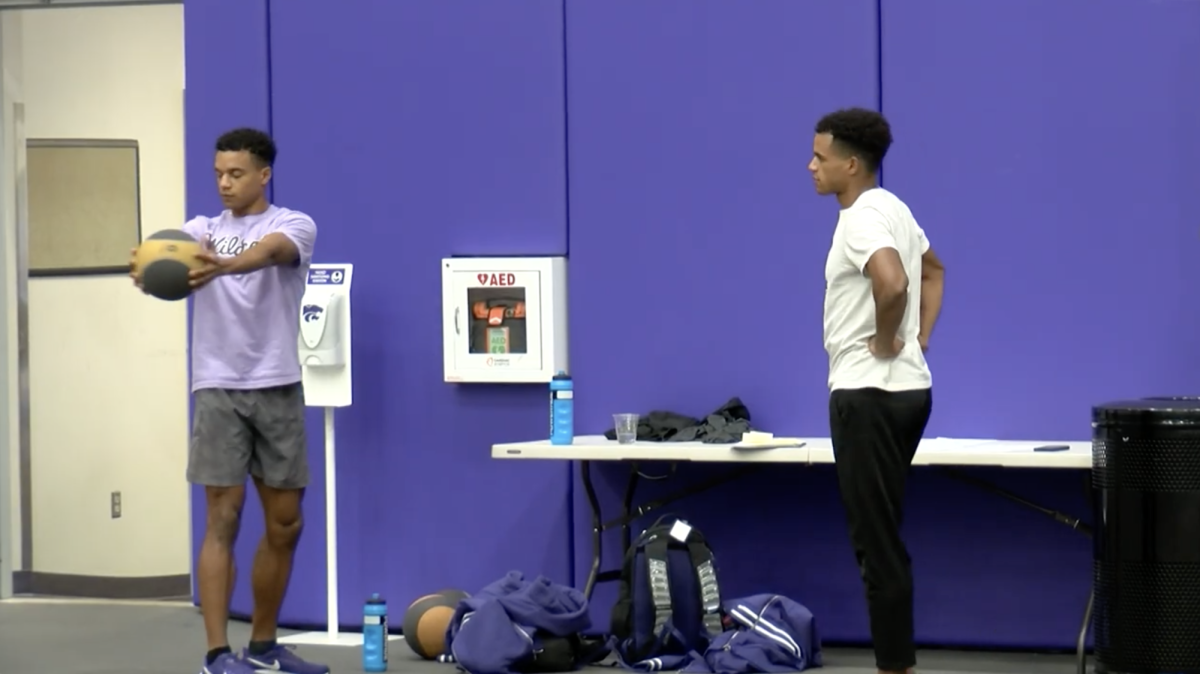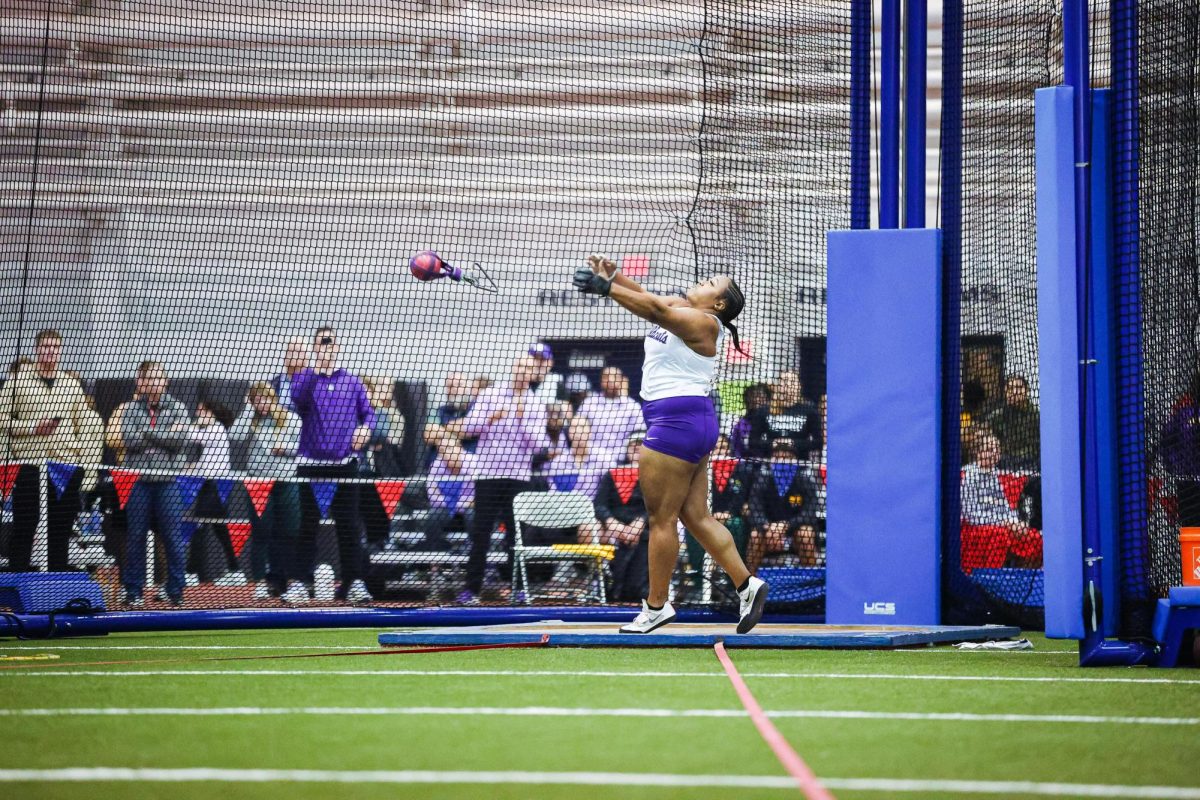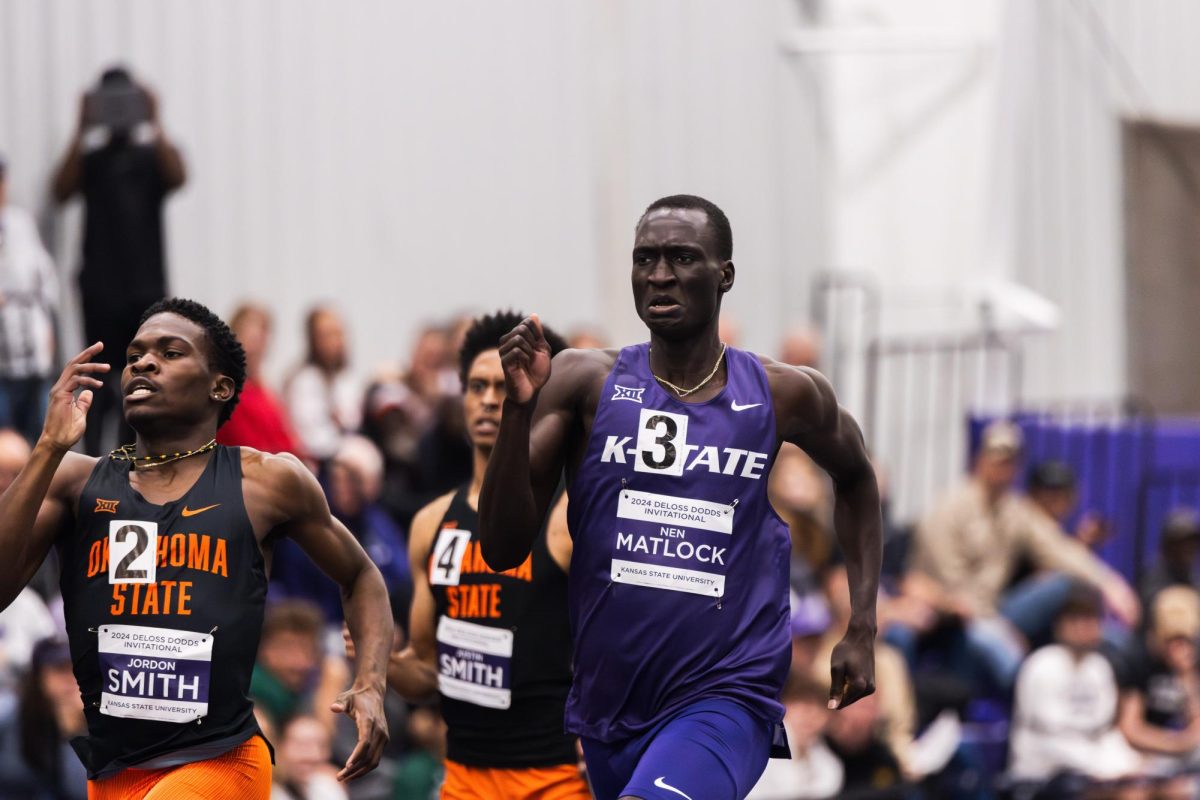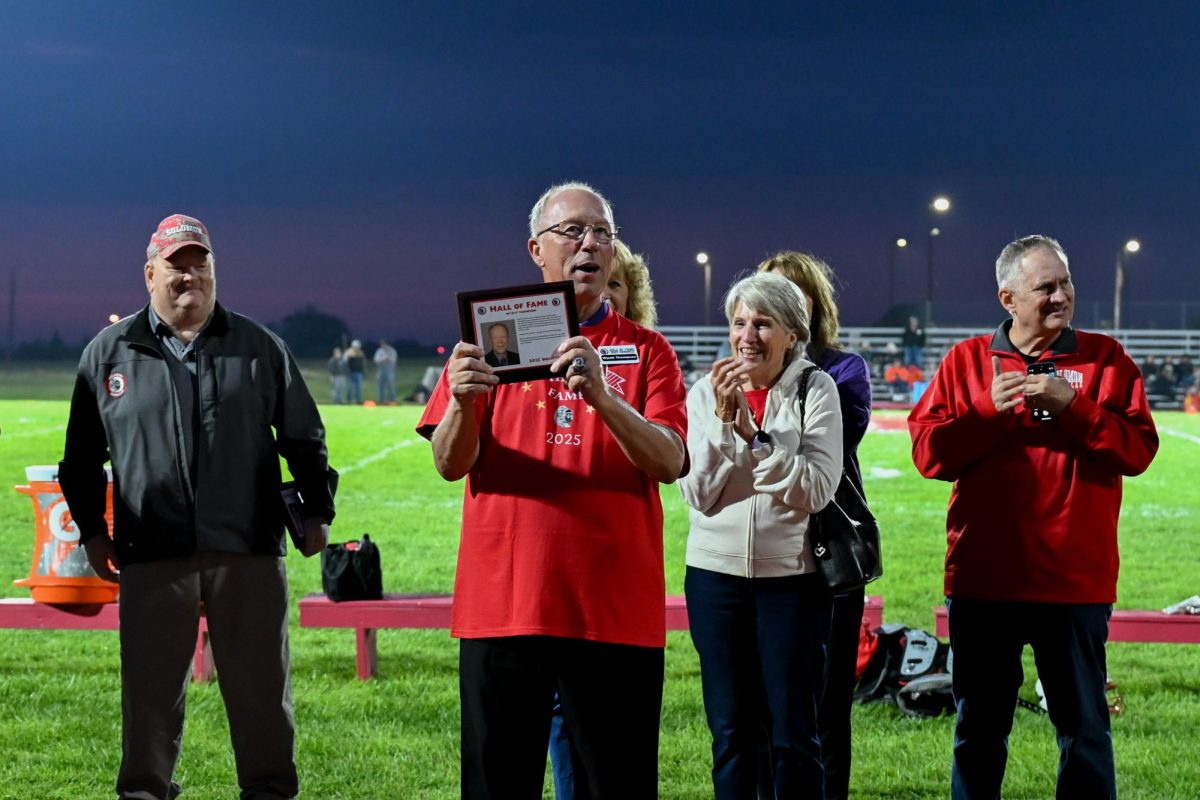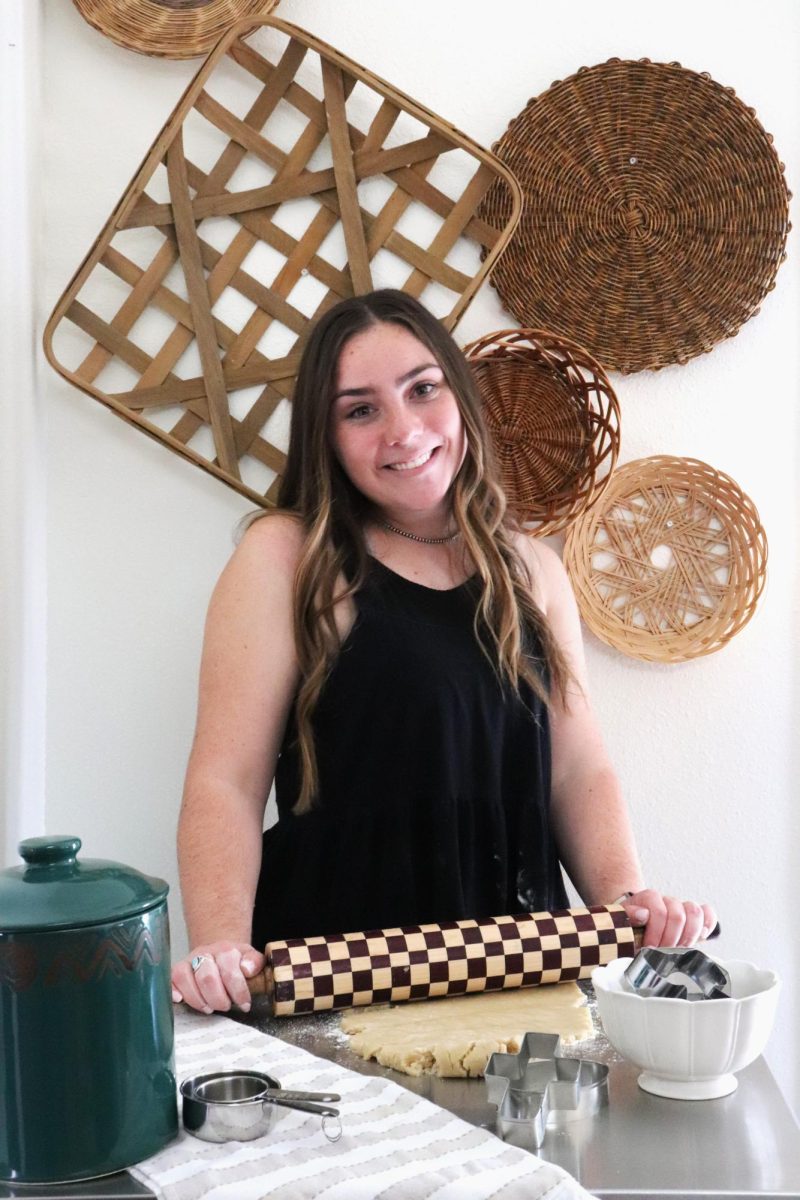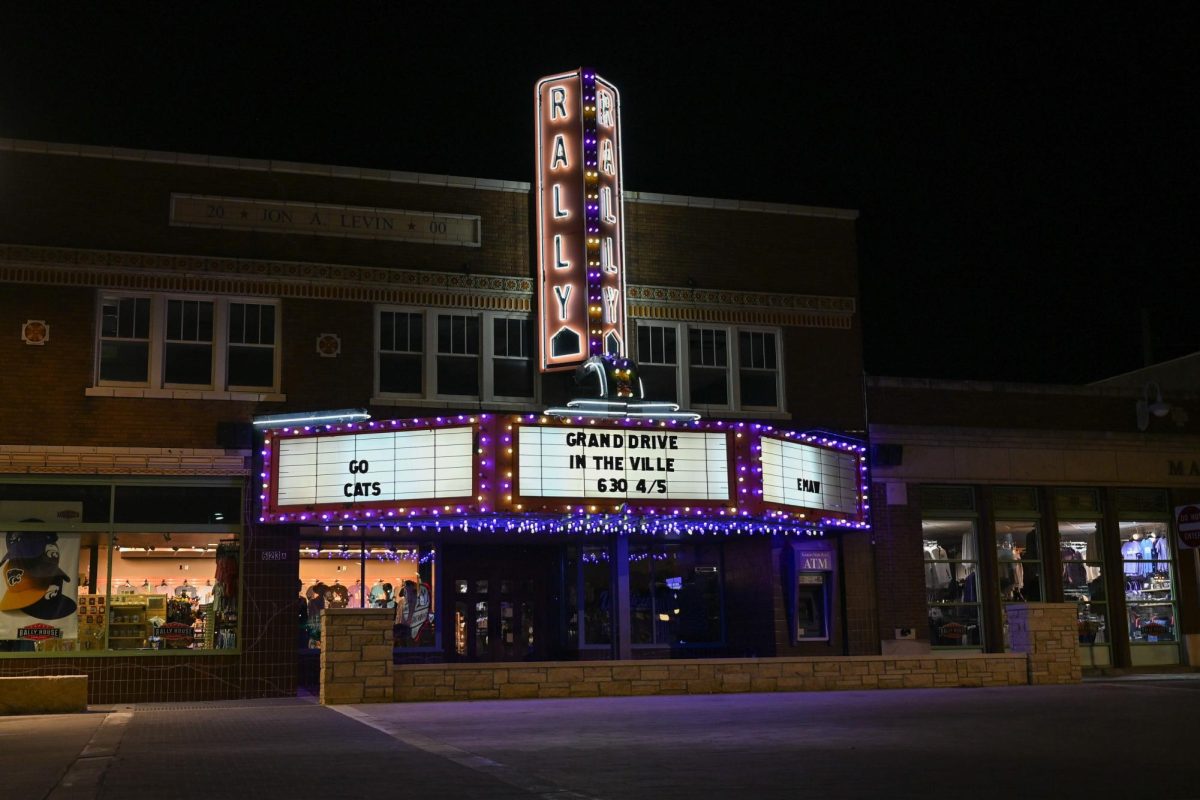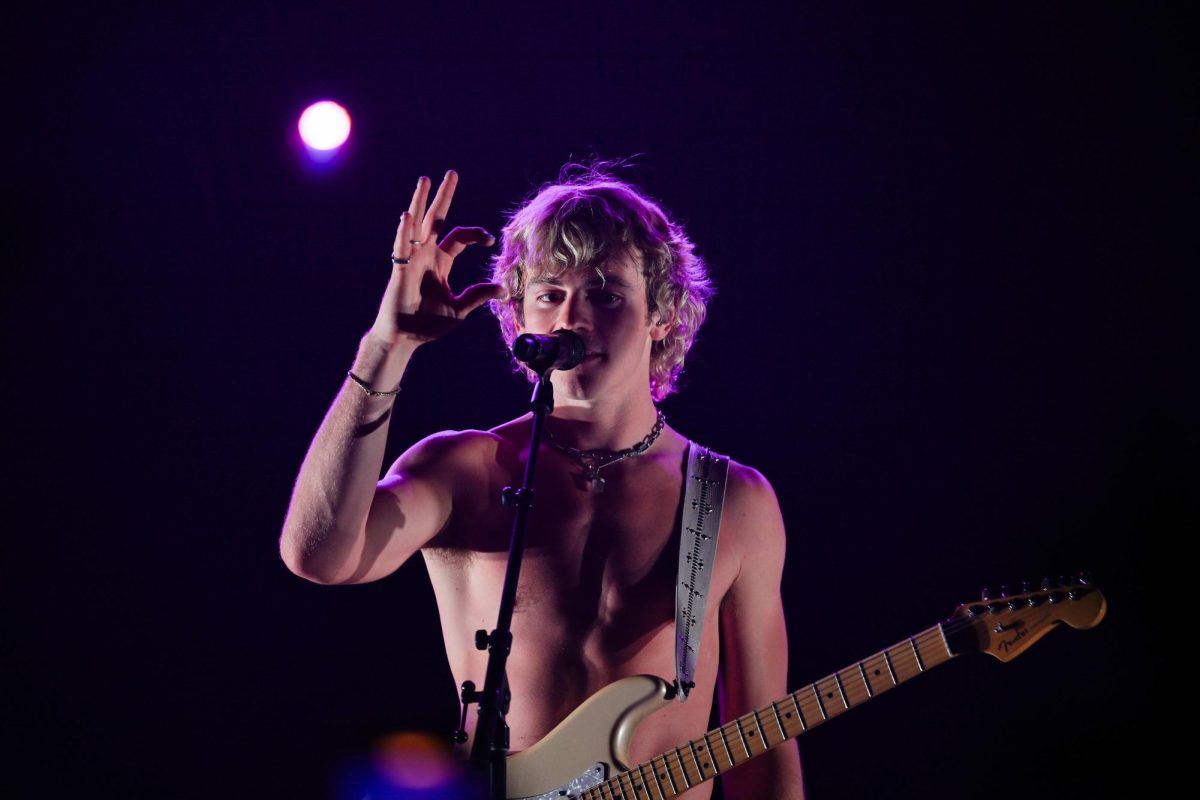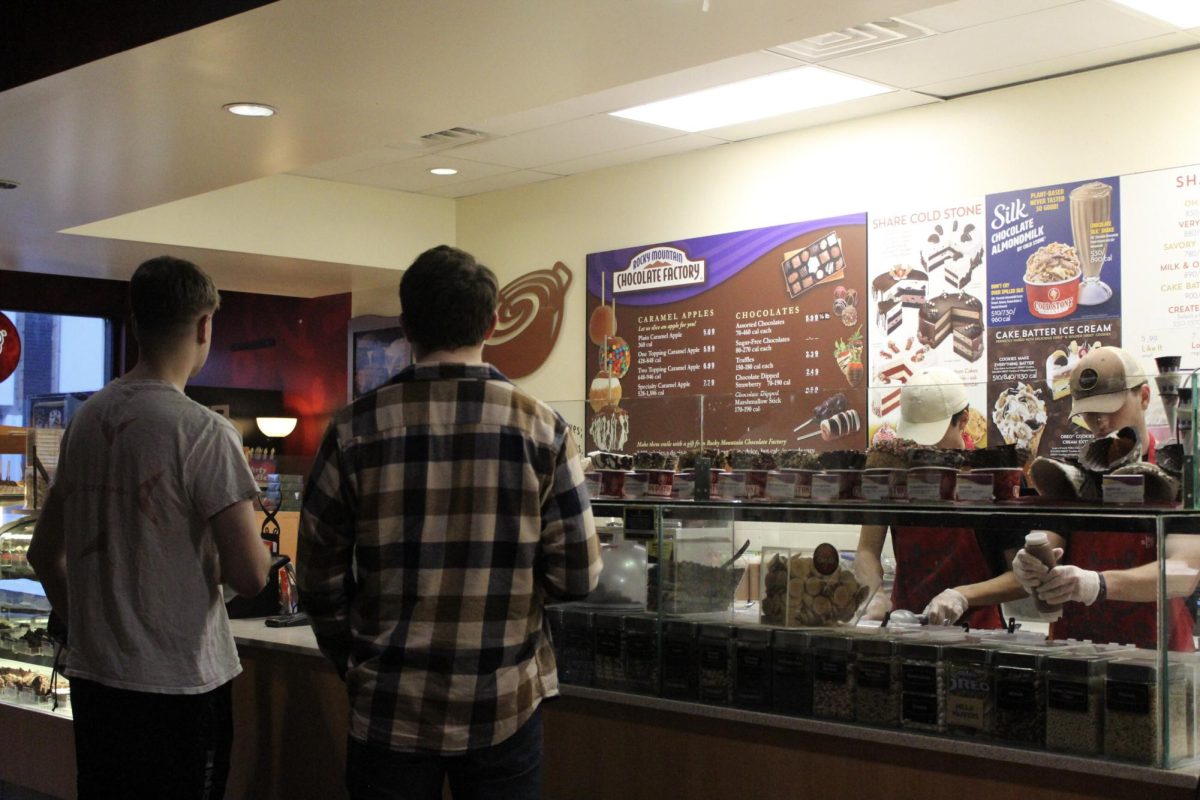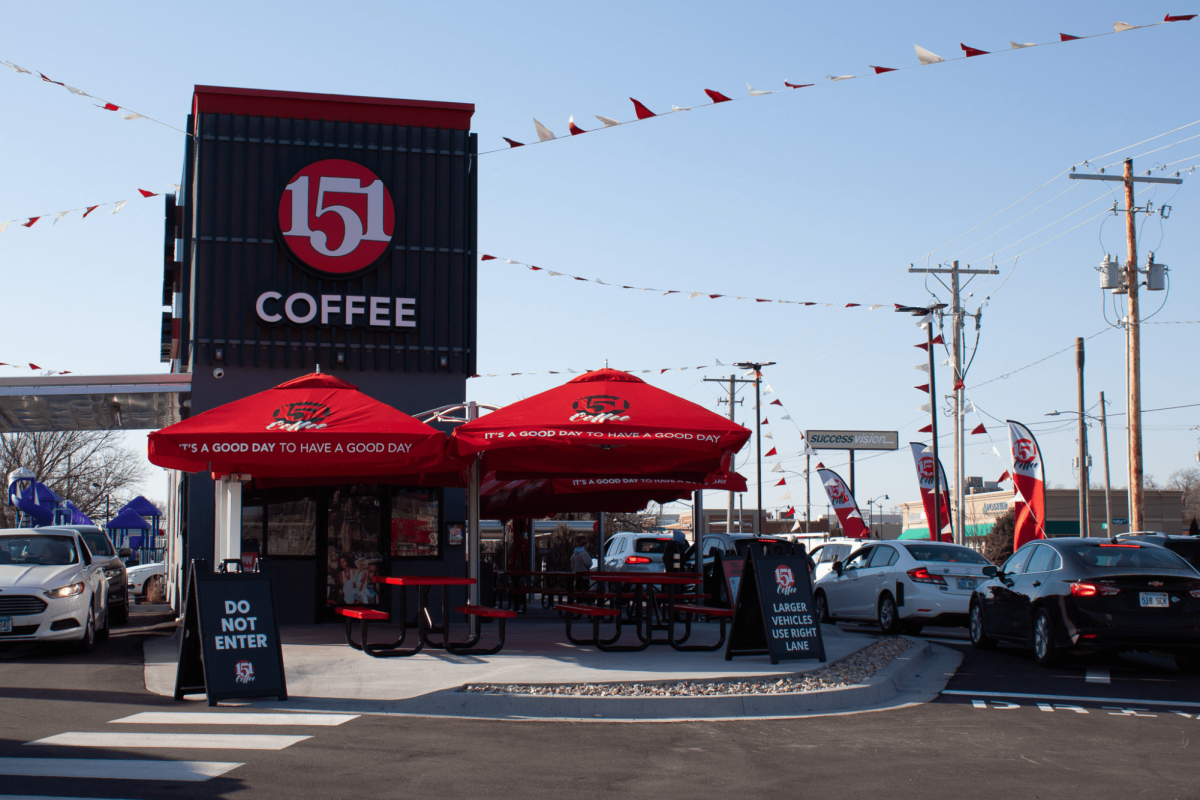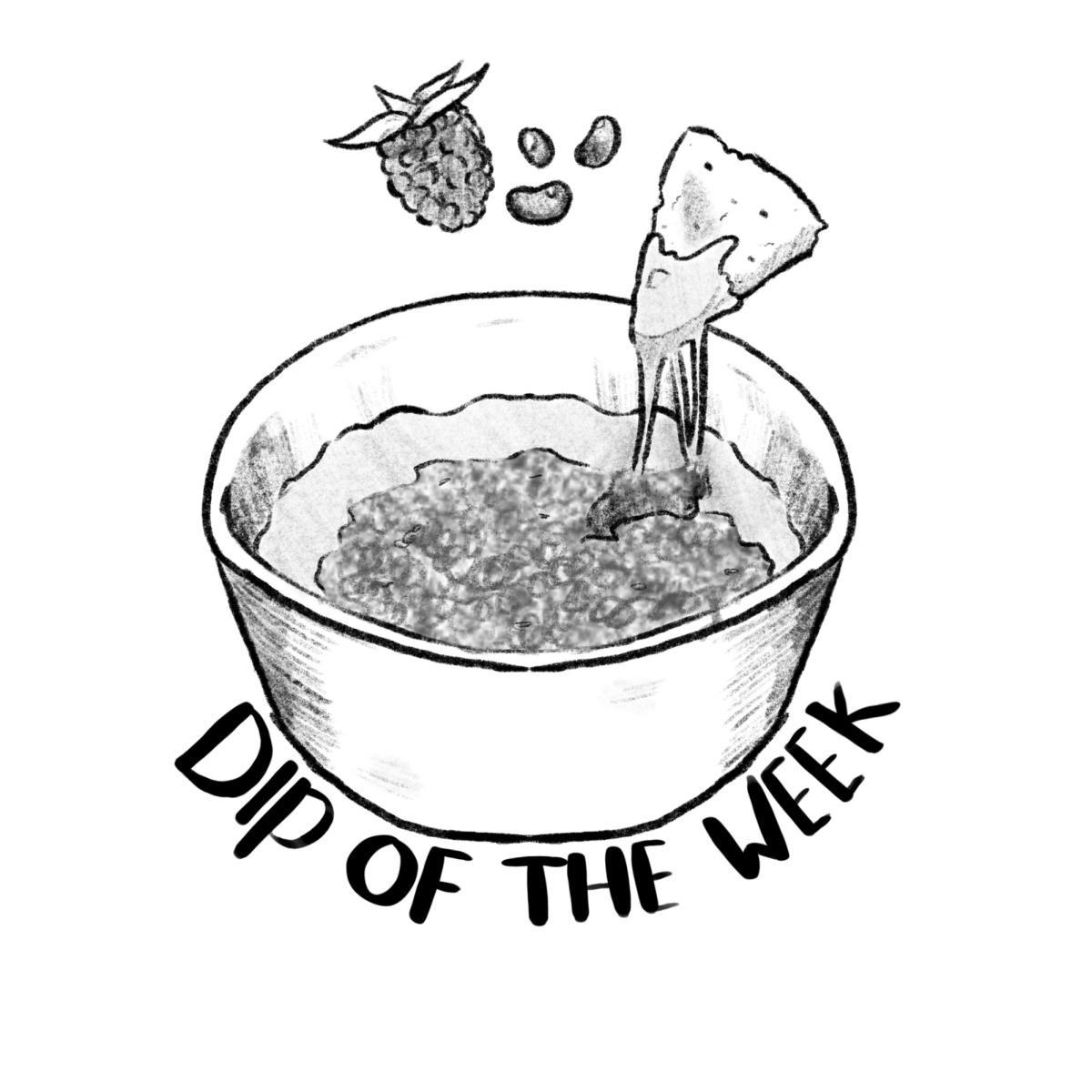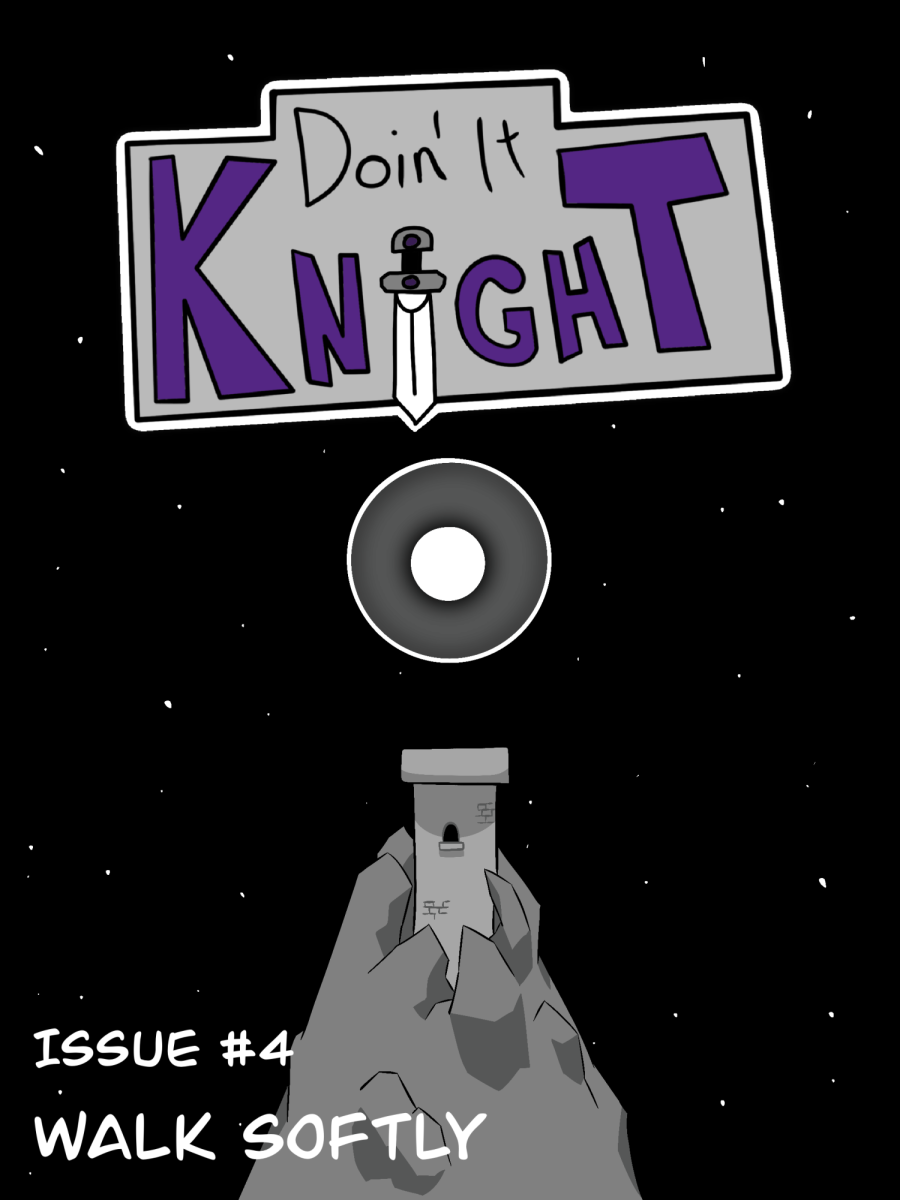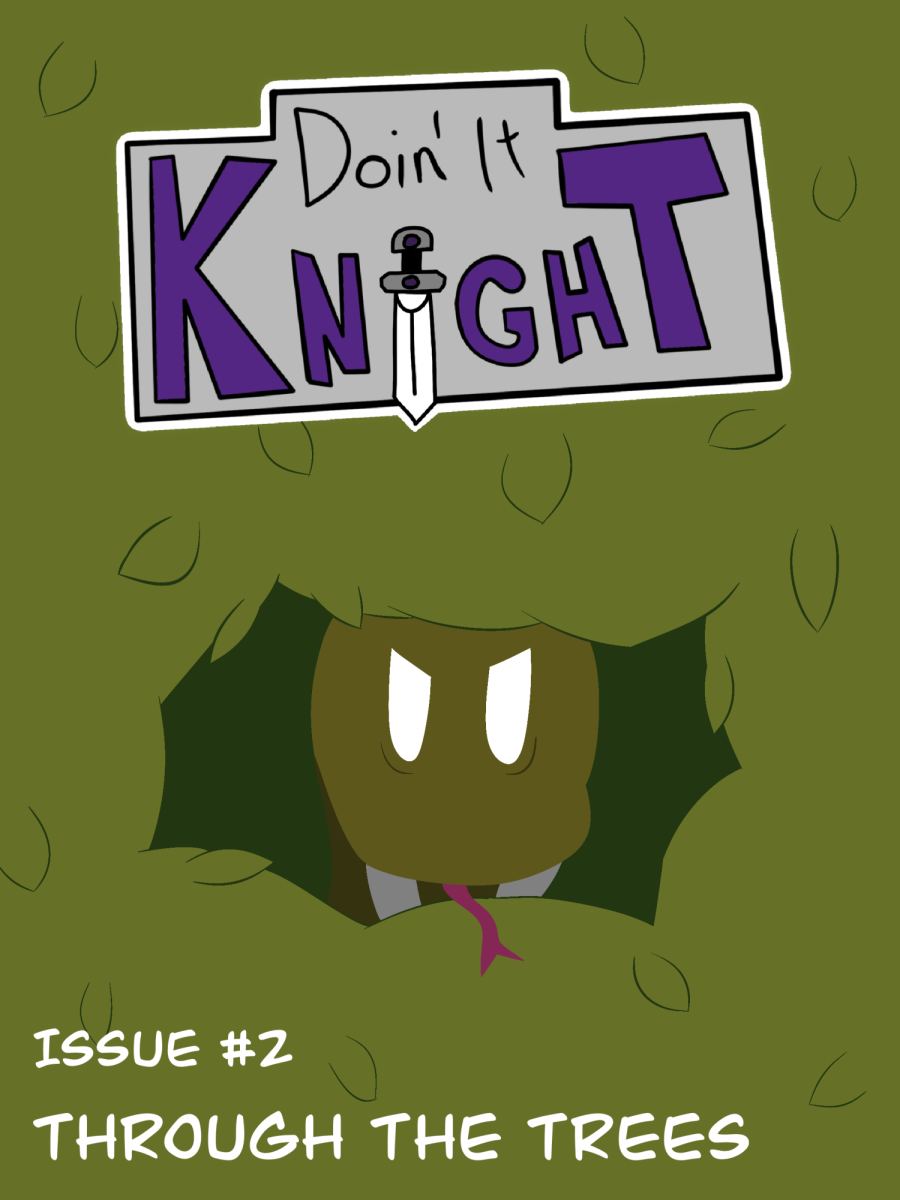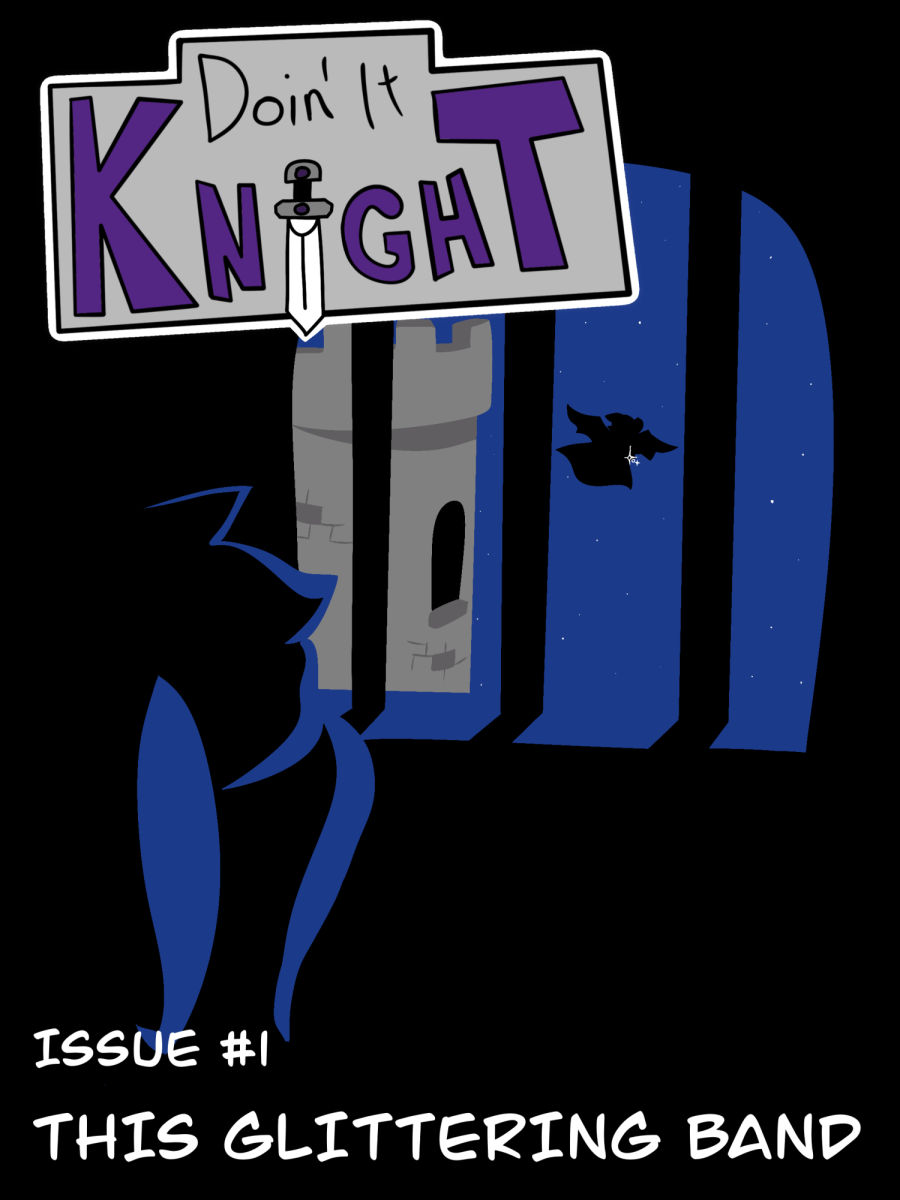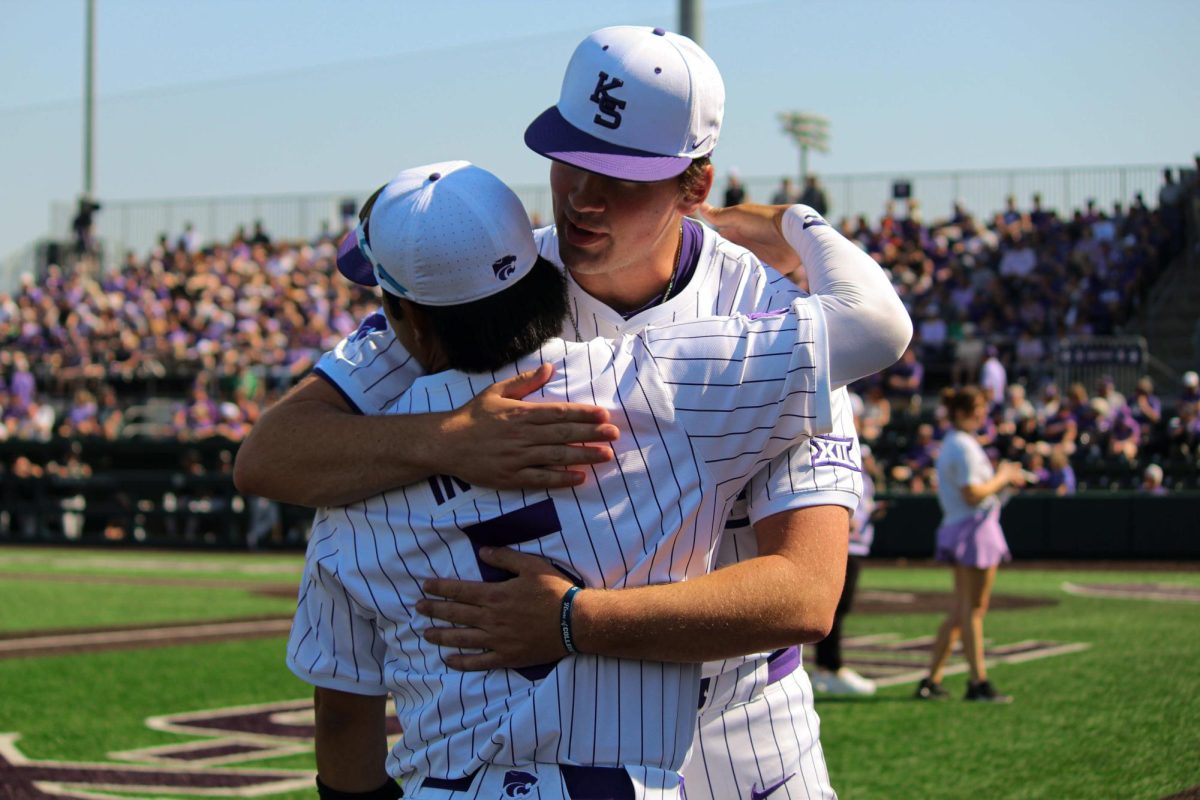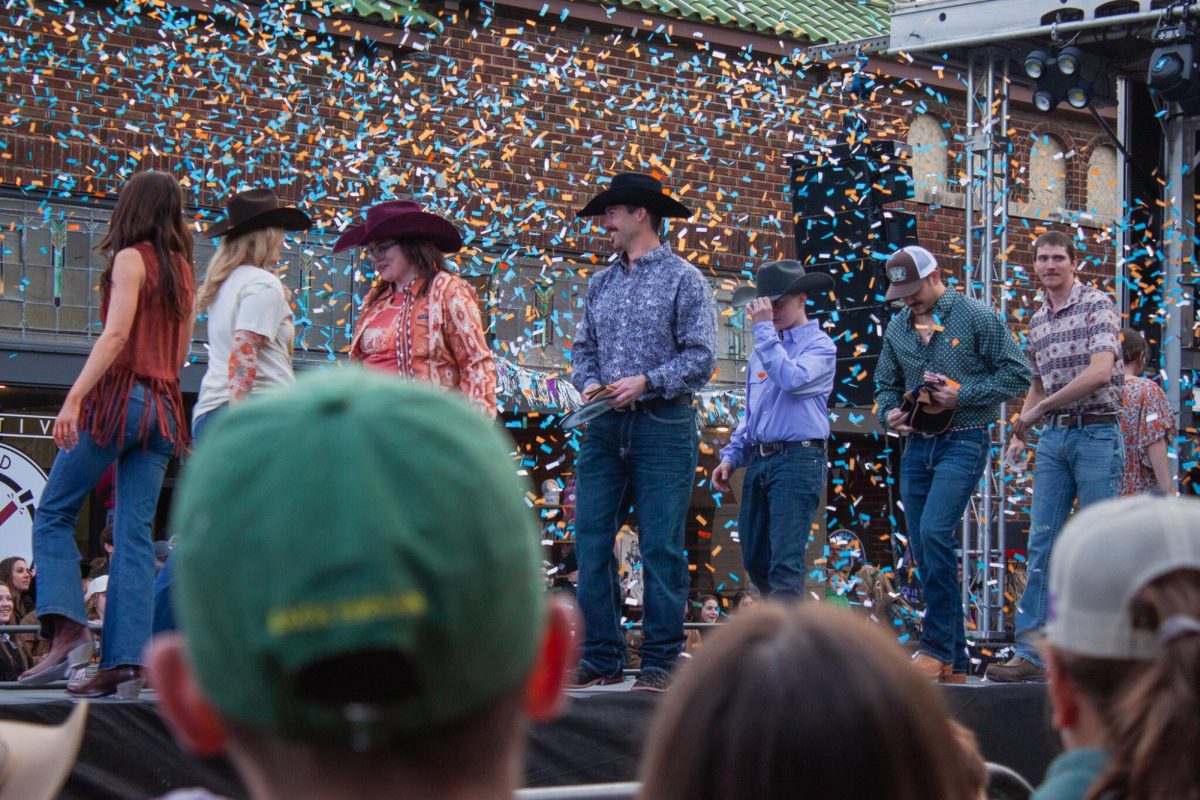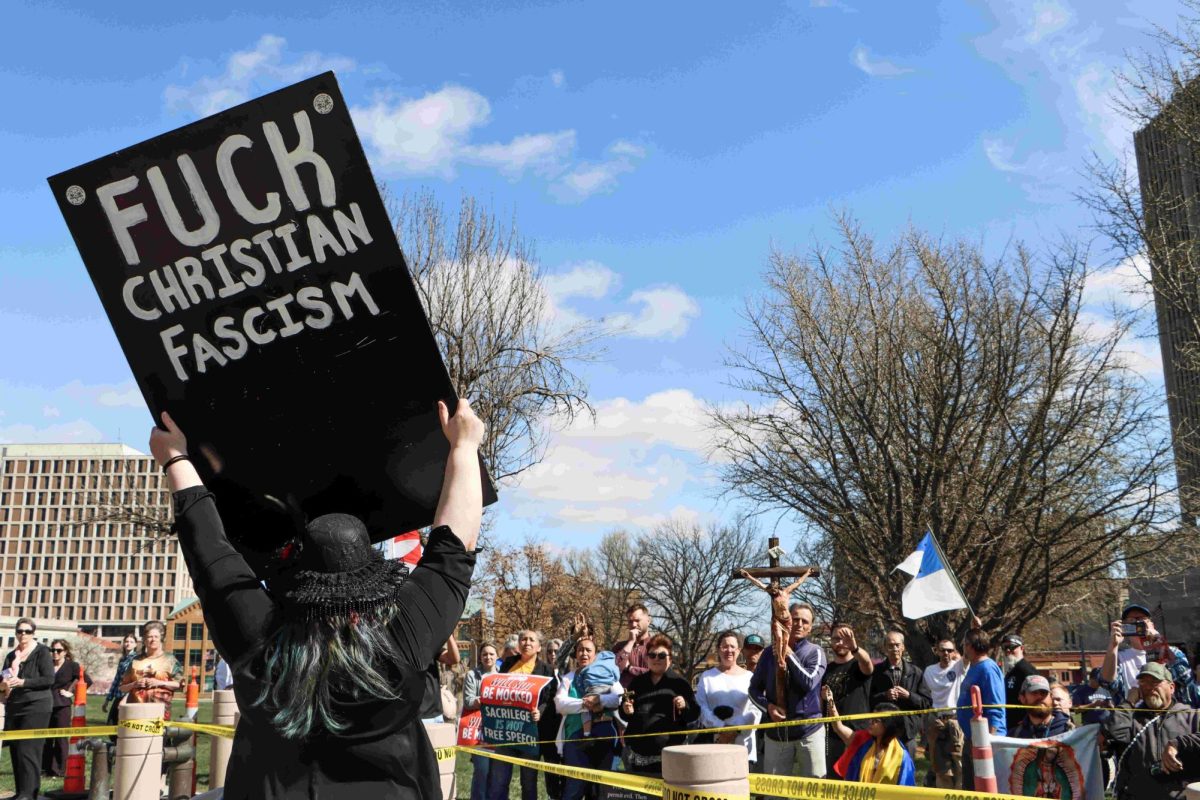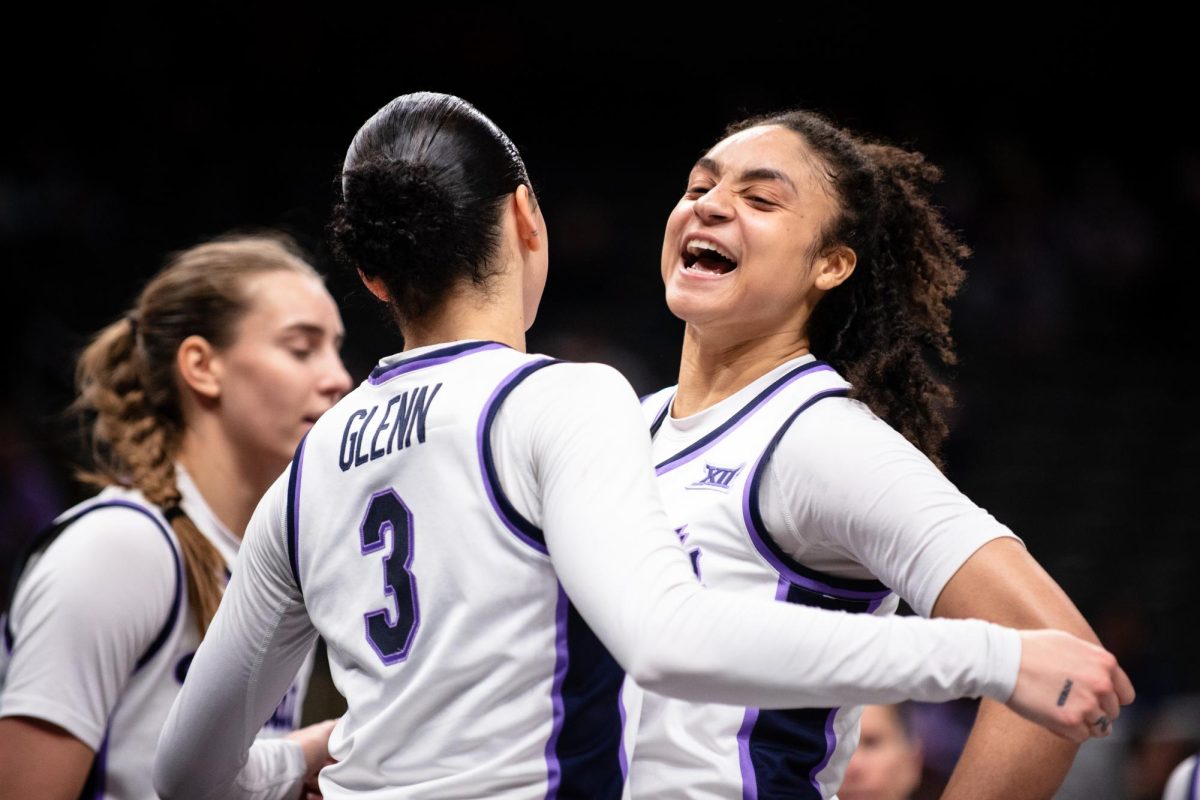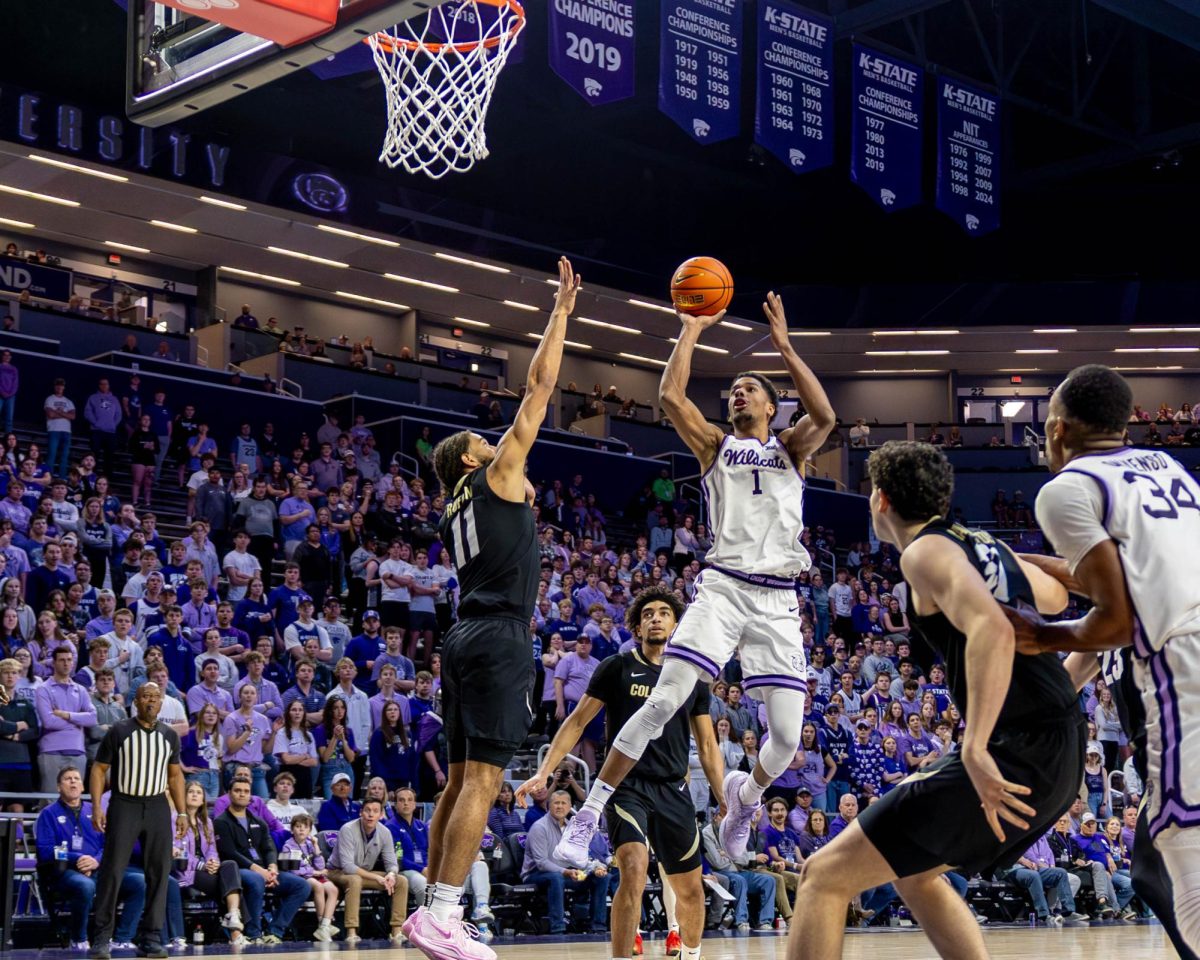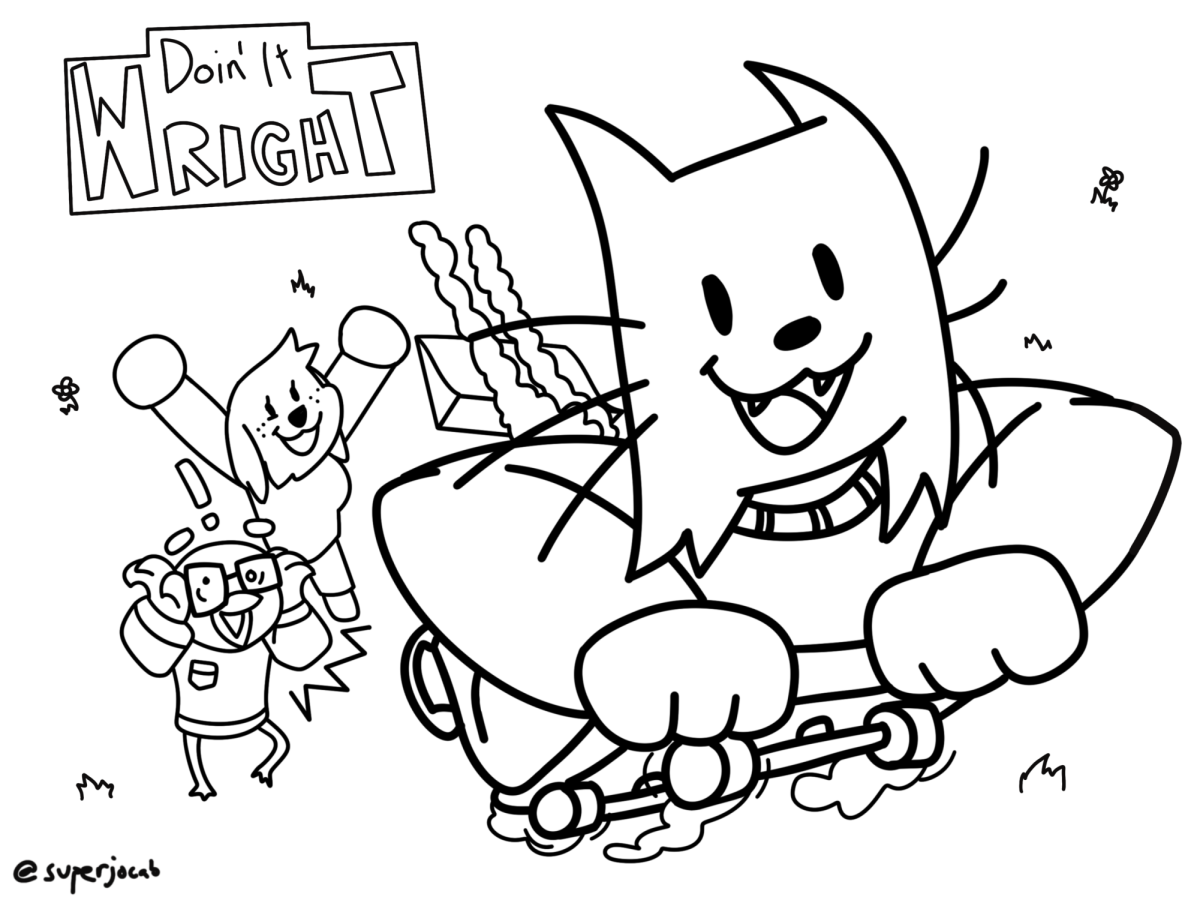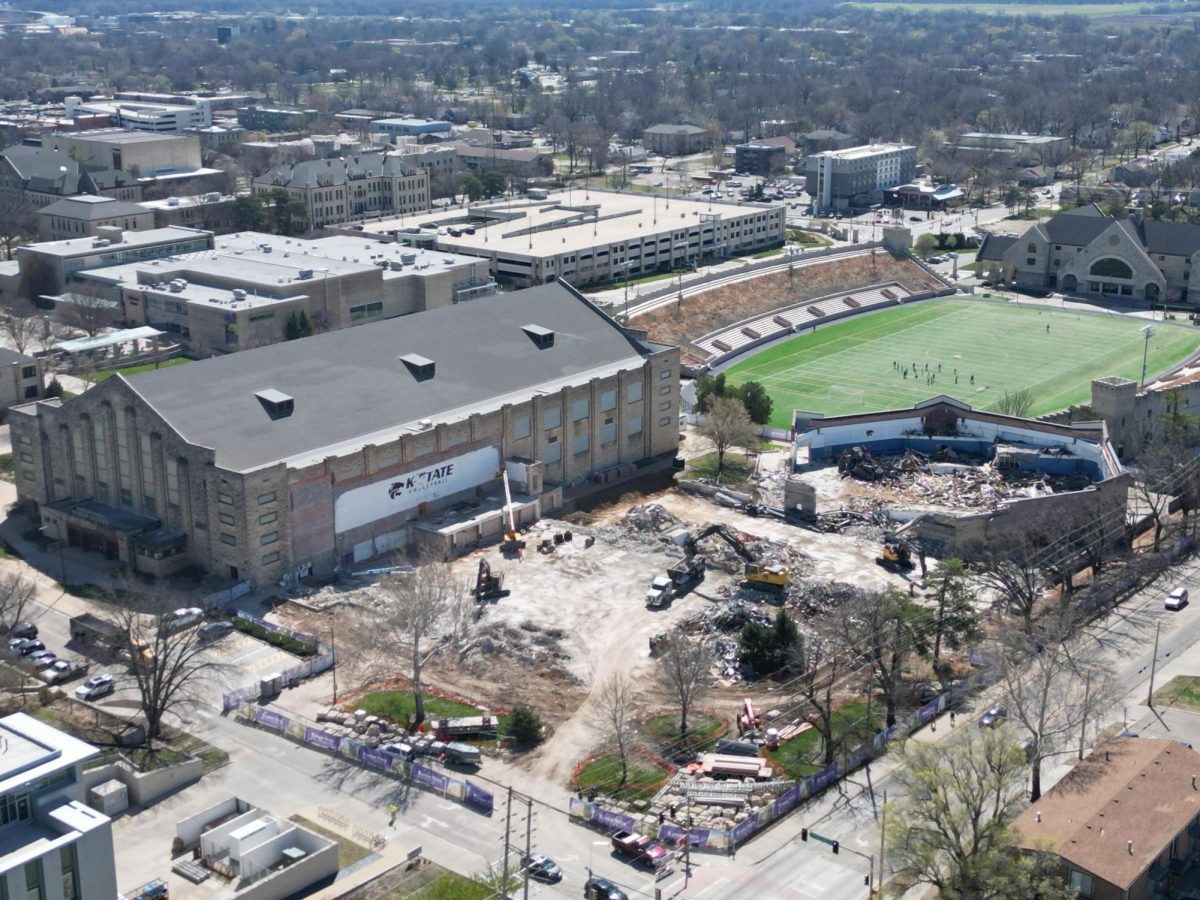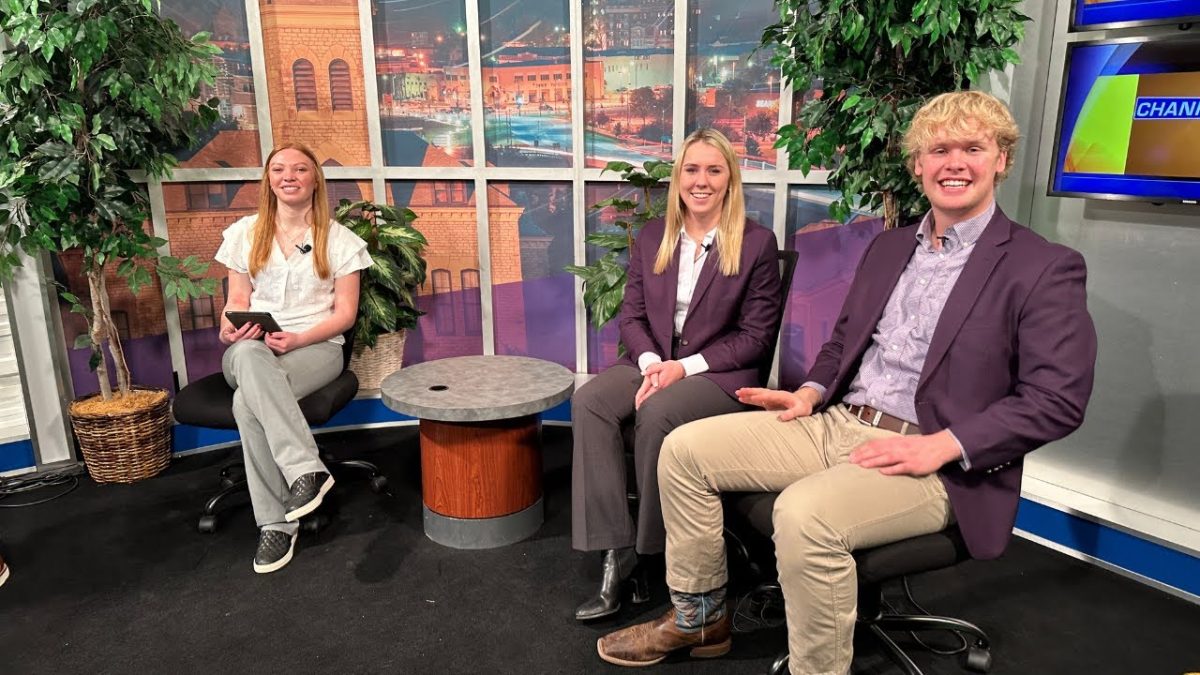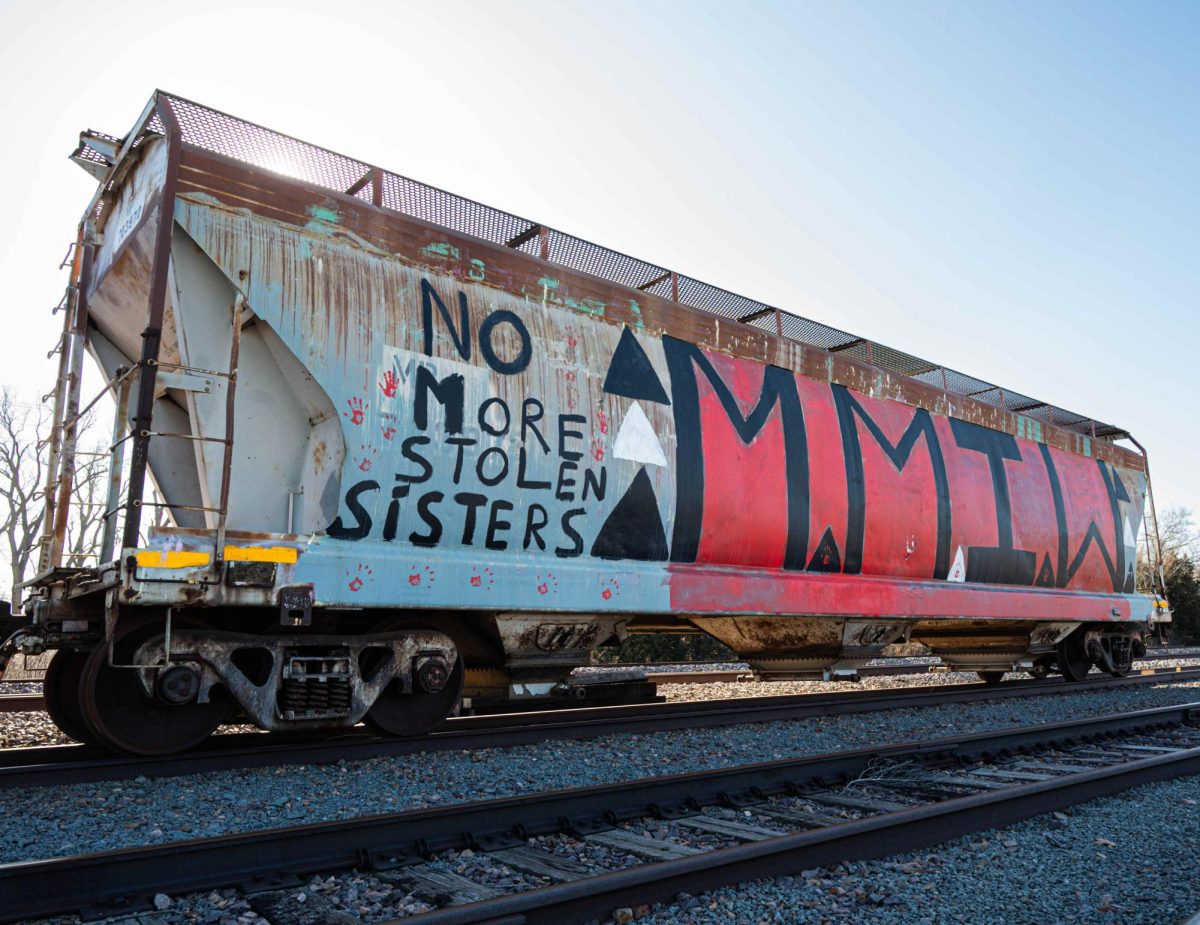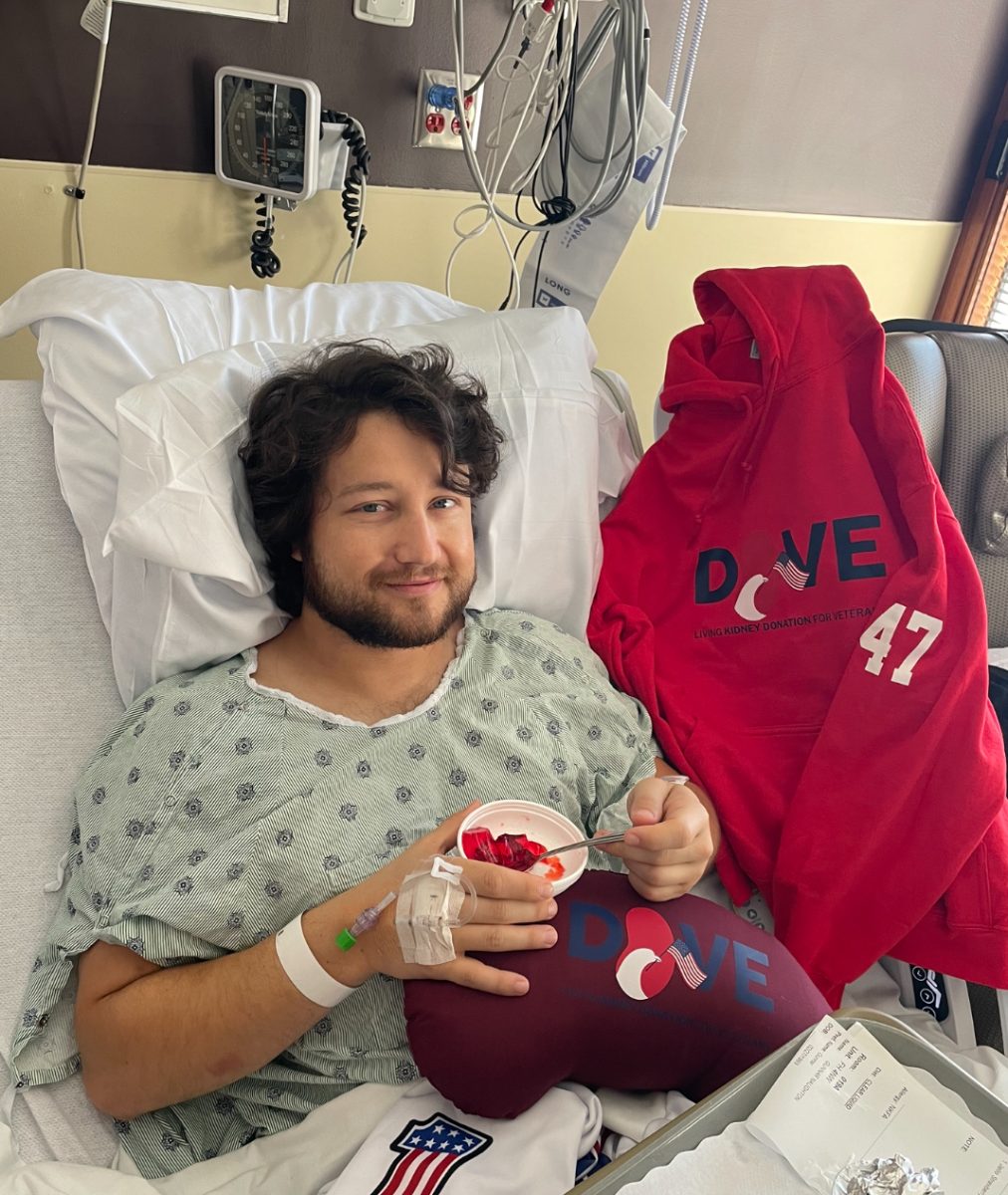Kansas State President Richard Linton gave his annual State of the University Address on Friday, Sept. 5. The presentation, held in McCain Auditorium, shared plans for the 2025-2030 Campus Master Plan and discussed university achievements from the previous Campus Master Plan, which ended this year. Here are important takeaways Linton shared about previous initiatives and plans for the next five years at K-State:
Anderson Hall overhaul
Anderson Hall, home to K-State Administration, will undergo renovations to the building’s exterior.
“The idea is to be able to make the investments into Anderson Hall, right now on the outside of the building, and bring it back to where it was 100 years ago with the balconies on the front of the building, and take away the cars,” Linton said in his address. “This is the place where we hope faculty, staff, students and alumni come to congregate, they come to remember these incredible memories that they’ve had, and are having, at Kansas State University.”
The proposed plan would turn Mid-Campus Drive into a pedestrian walkway and includes updates to Anderson Lawn, as well as updates to Bosco Plaza, including a new student pavilion.
“A major focal point will now be Anderson,” Linton said. “It transcends through Bosco Plaza, and we will highlight the opportunity to be able to connect with Ahearn in this beautification and redo of Bosco Plaza.”
Achievements in student recruitment/retention
“When I came to this university three-and-a-half years ago, there were three major challenges put before me,” Linton said. “The first one was student enrollment, student recruitment [and] student retention. How do we find solutions? How do we fix this problem? How do we create a better town-gown relationship?”
K-State has over 21,000 students enrolled as of Sept. 2., which is the highest amount since 2014. The current freshman class has more than 3,800 first-time students enrolled — the largest freshman class since 2018. Linton said the heightened enrollment numbers are “a message of hope.”
“With investments through scholarships, an incredible team that’s worked on strategy, with better communication, with better technologies, today I’m here to be able to say … as of yesterday, it was 21,228 students that are enrolled within Kansas State University.”
Landmark funding numbers reached
Funding for Higher Education Research and Development [HERD] reached $264 million, the highest amount in university history and “likely, the largest increase of all [land-grant universities] in the country,” Linton said. This is a 21.55% increase from 2023.
K-State also received a record-breaking $150.4 million in funding from the state of Kansas [legislature], the highest legislative funding in university history, and fundraised $296.4 million.
“This year, the Kansas State University Foundation was almost $100 million over [its] goal, and they’ve raised, since I’ve been here, a billion dollars towards the 2030 goal,” Linton said.
Pedestrianization efforts
The Campus Master Plan proposes converting drivable roads on campus, such as Mid-Campus Drive and Martin Luther King Jr. Drive, into pedestrian walkways. It would also add new footpaths throughout campus. The K-State Gardens “will be a focal point of the walkway through campus,” Linton said.
“We’ll actually use the creek system in order to be able to visualize and have a pathway through the entire campus. … The idea is to be able to expose [campus creek] and beautify it.”
Innovative learning for K-State Salina
At the Salina campus, K-State will partner with California’s Pure Imagination Labs to build the $41-million K-AIRES facility, a computer-spatialized learning center for Salina students. Linton said the facility will be comparable to The Sphere in Las Vegas and renderings “look like a space ship in the middle of the prairie.”
According to K-State Salina’s website, K-AIRES will blend the physical and digital realms, allowing students to learn and interact with a hands-on environment using unconventional methods.
“Salina, Kansas will be a destination for a new way to learn in the next couple years,” Linton said.
Ag Innovation Initiative
Linton said the Campus Master Plan will modernize and improve the College of Agriculture, a need that “has been in place for 15 years.”
“These projects and infrastructure improvements include the Bilbrey Family Events Center located across from the National Bio and Agro-Defense Facility, which is slated to open in October of 2025,” Linton said. “Soon after, there will be four additional research facilities that will be opened in May of 2026 across Kimball Avenue from the Bill Snyder Family Stadium at the Agronomy Research and Innovation Center.”
Over the last several years, the state of Kansas has provided over $75 million towards this project, which K-State has met with $135 million for a total $210 million dollars of funding for the project.
“My goal continues to be that when we walk into these new buildings, K-State will have no debt on these facilities,” Linton said.
The signature element of this advancement is the completion of the Global Center for Grain and Food Innovation, Linton said.
“It’s all about private-public partnerships with industry,” Linton said. “It’s about interdisciplinary work. It’s about bringing animal science, food science, dairy science and agronomy together so that we have collisions of faculty and interdisciplinary teams solving the challenges,” Linton said.
To view the 2025 State of Our University Address in full, visit the K-State Office of the President website.







